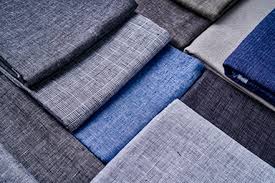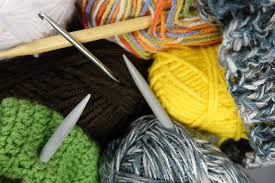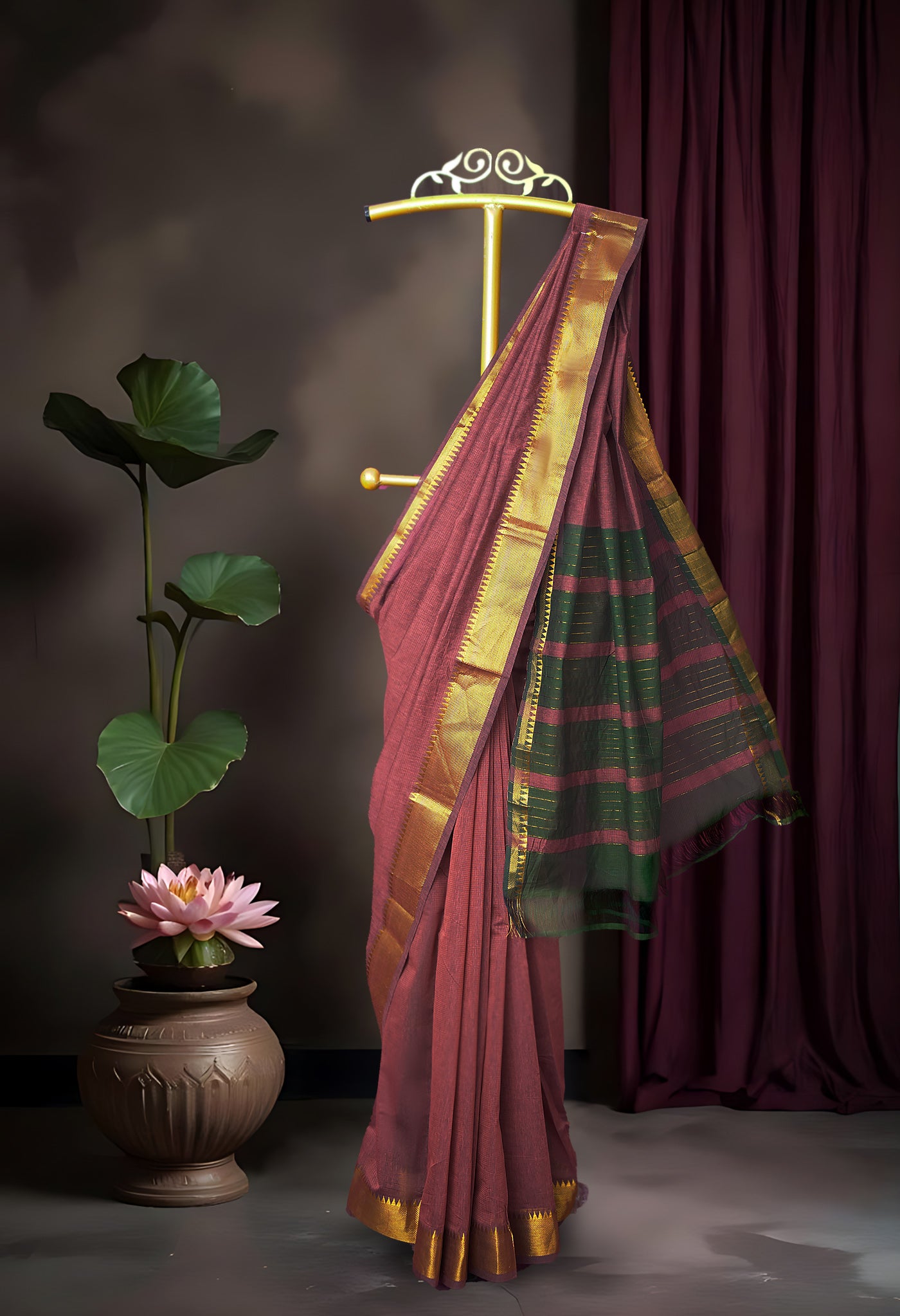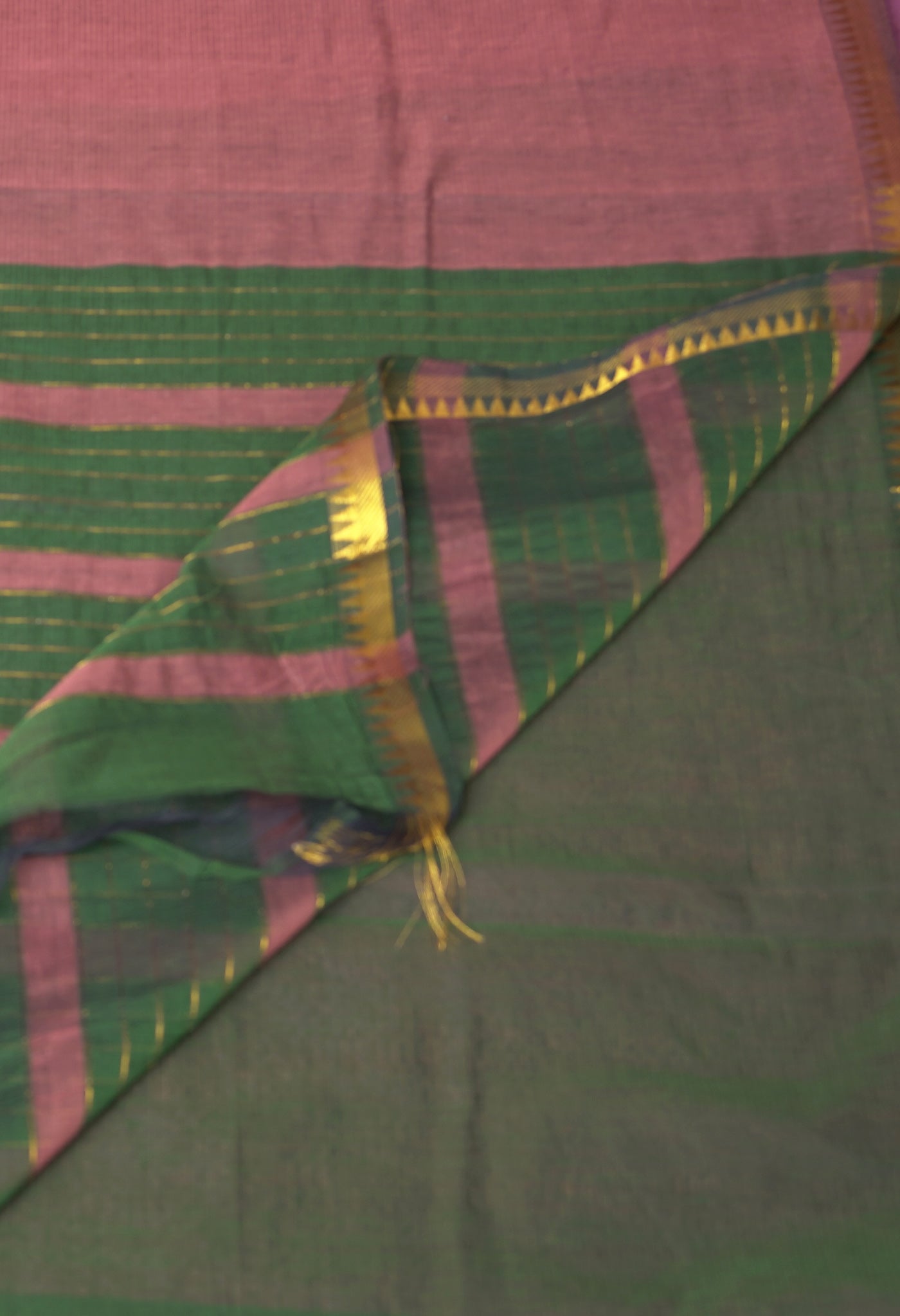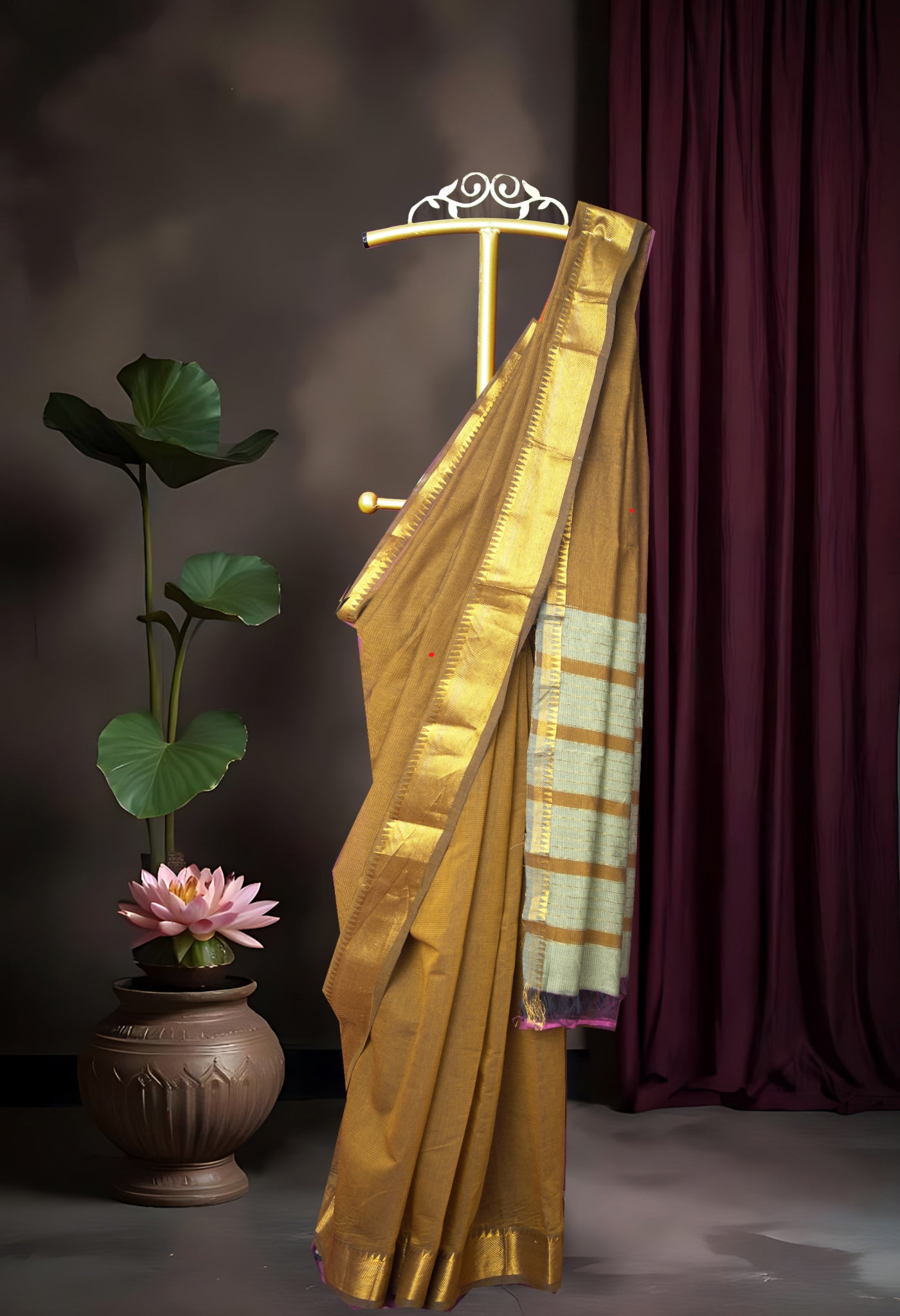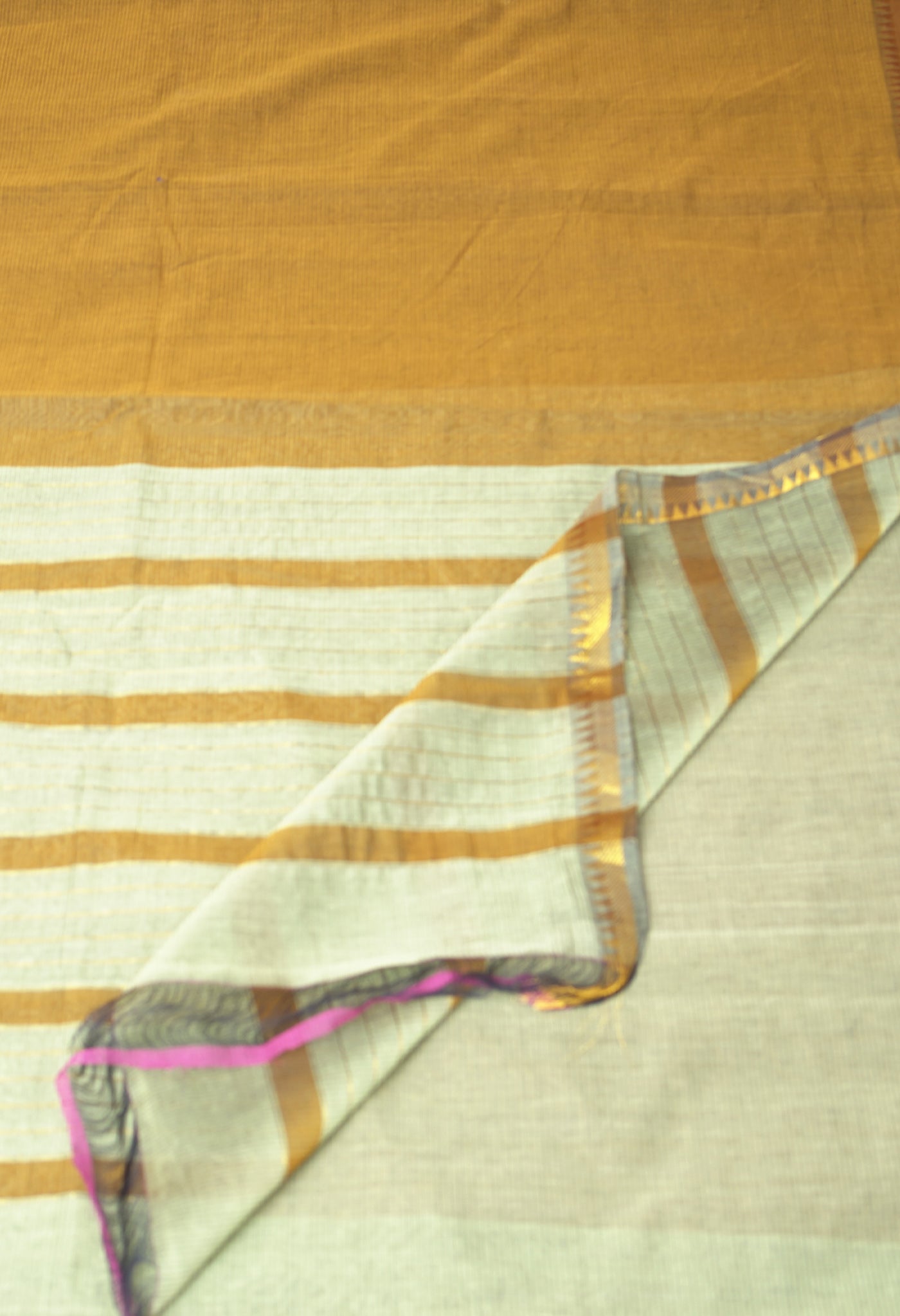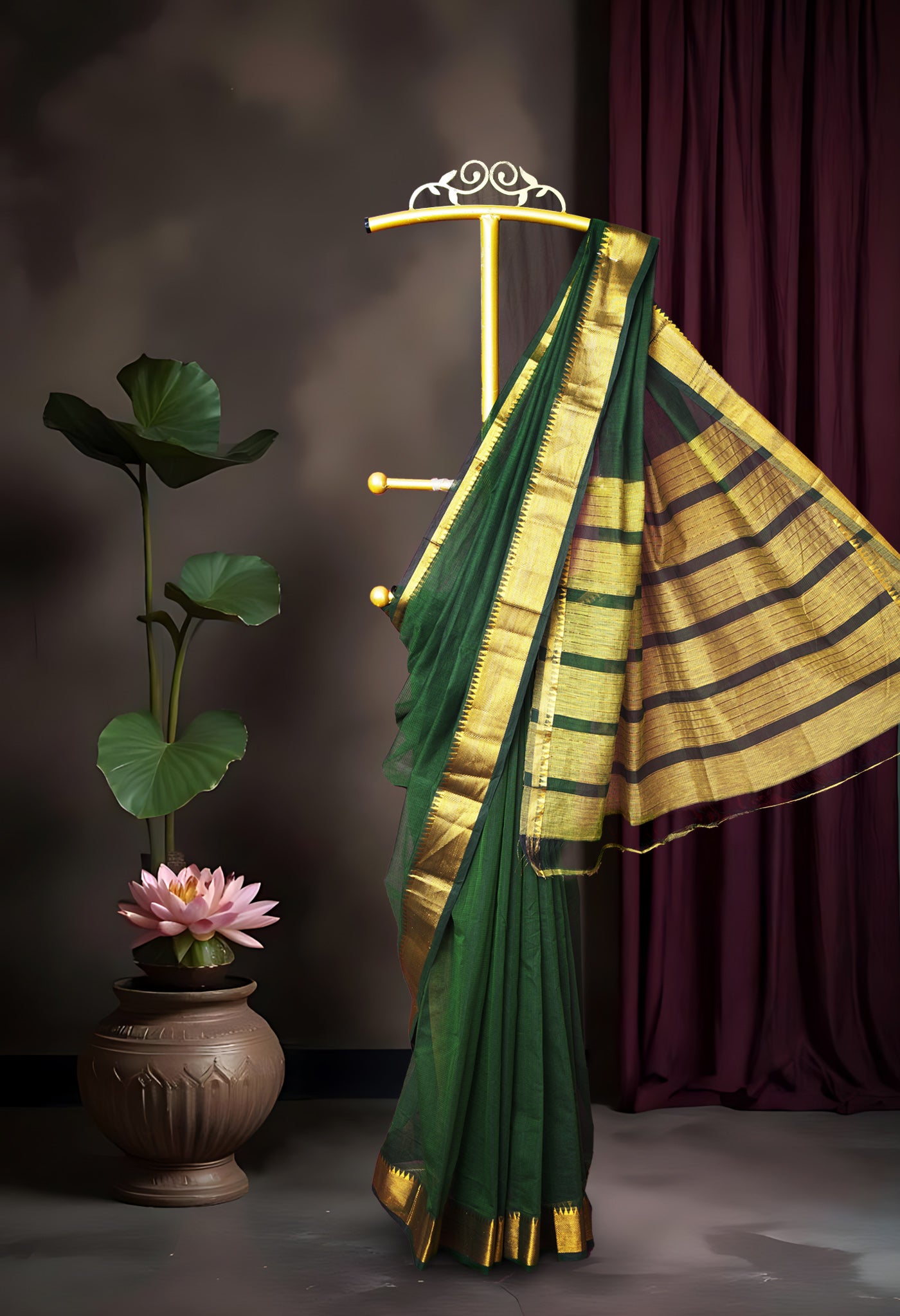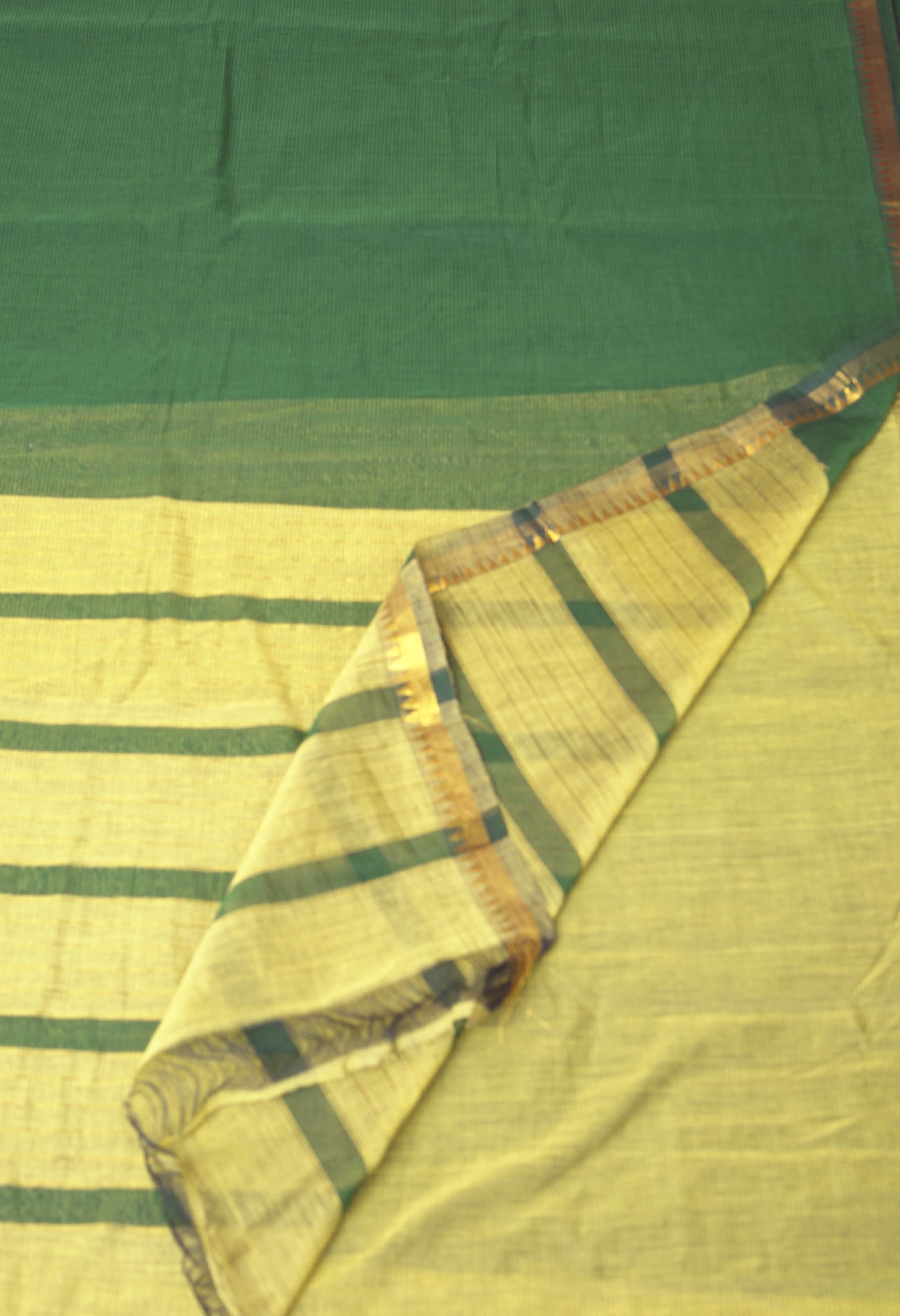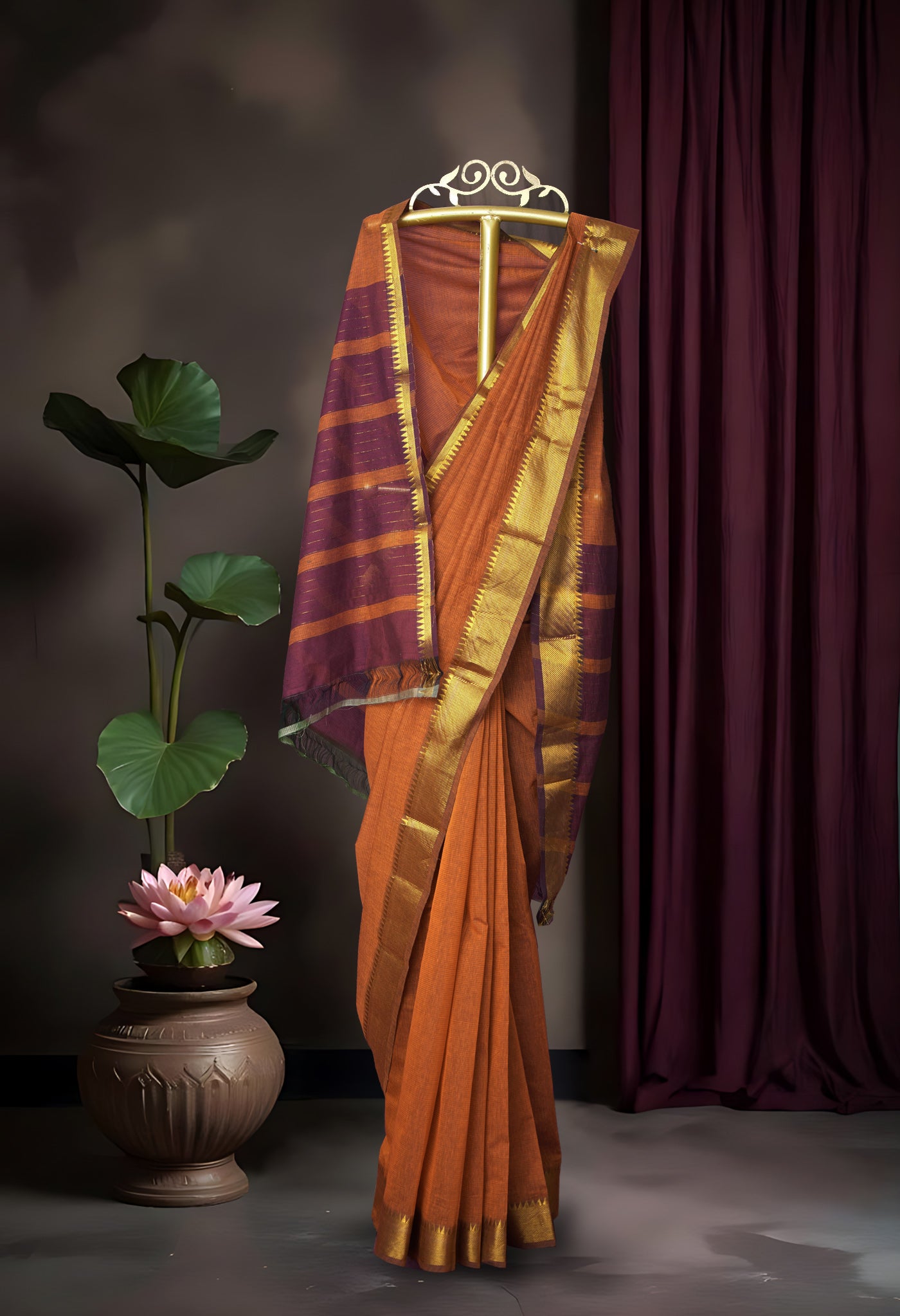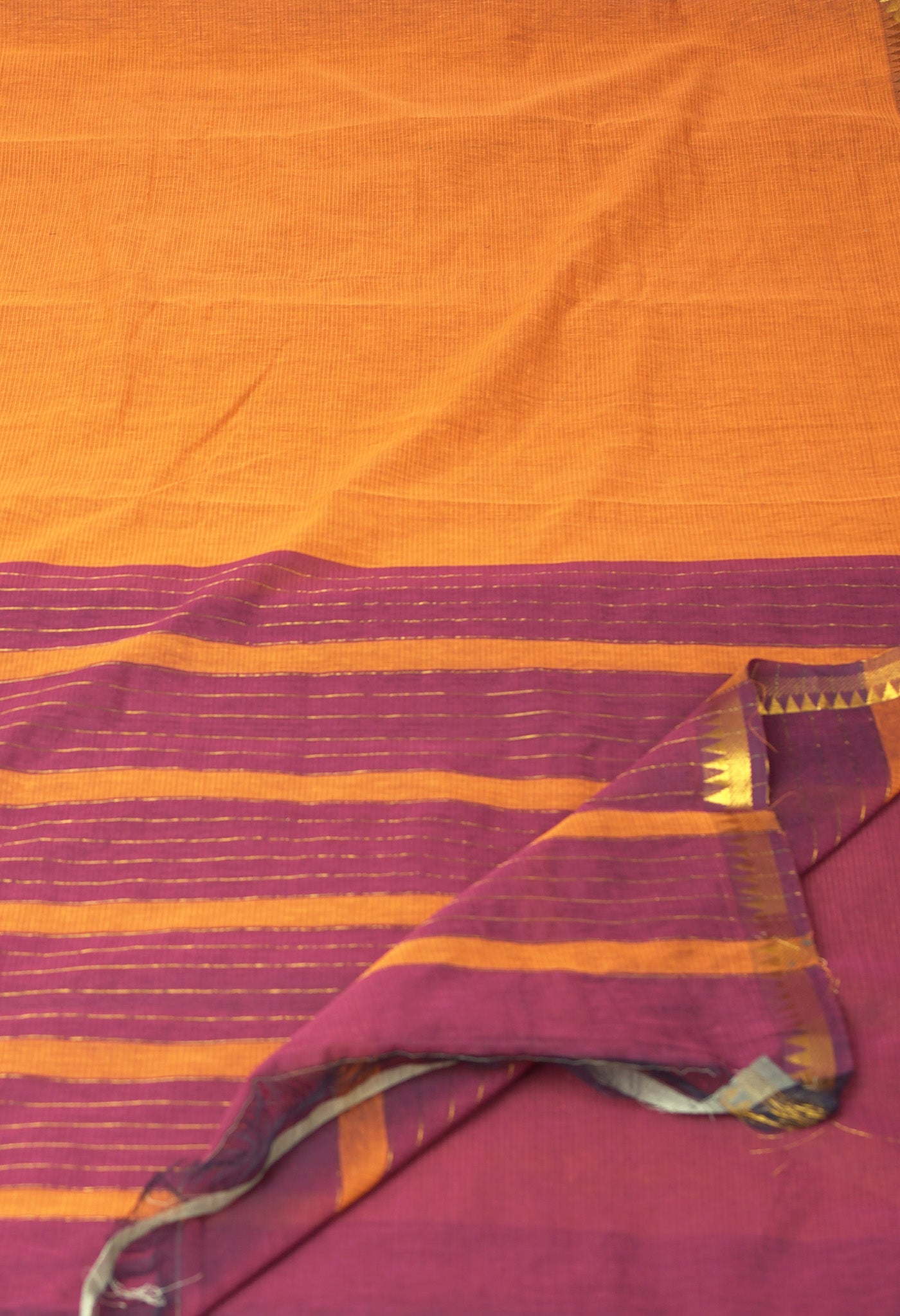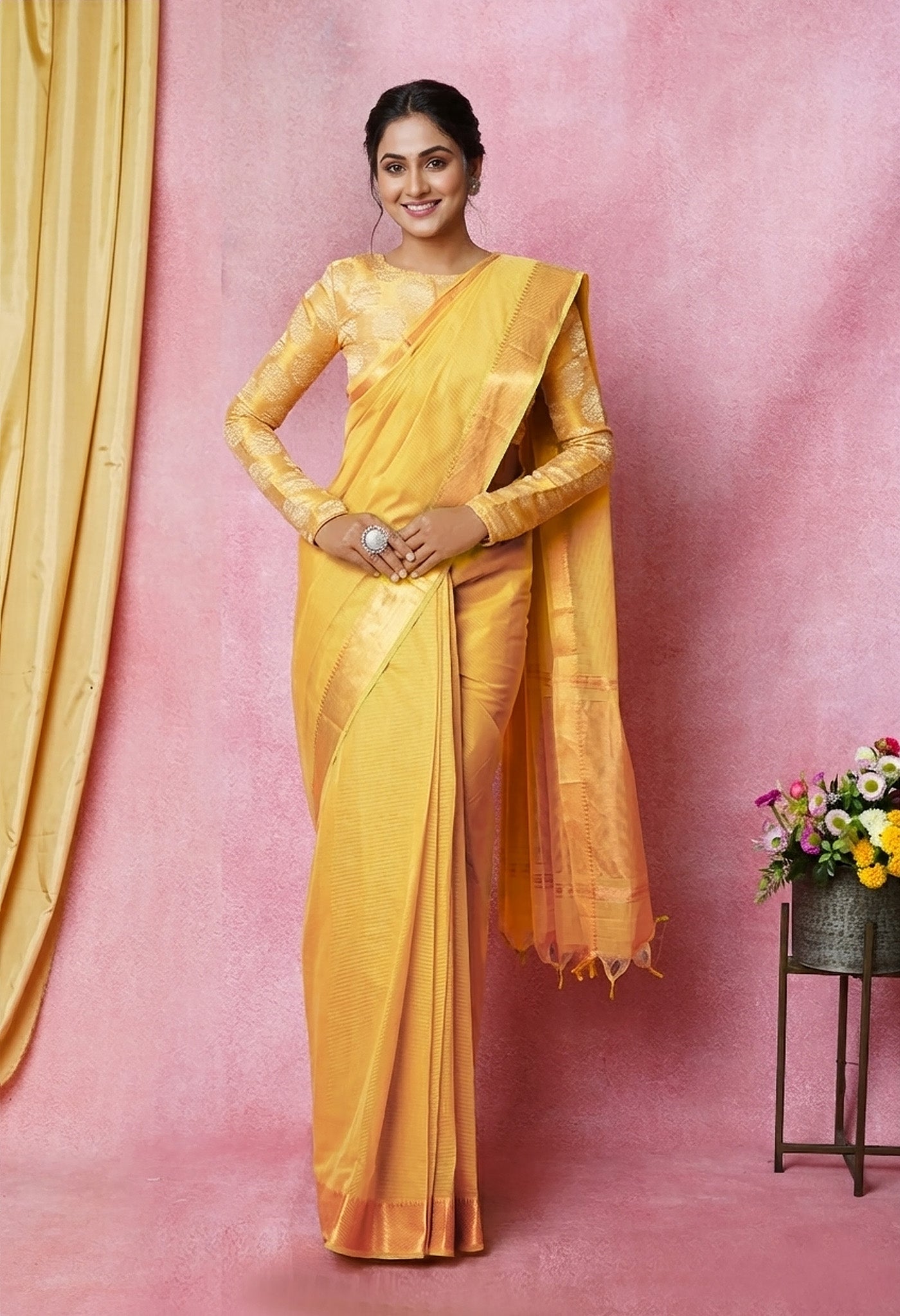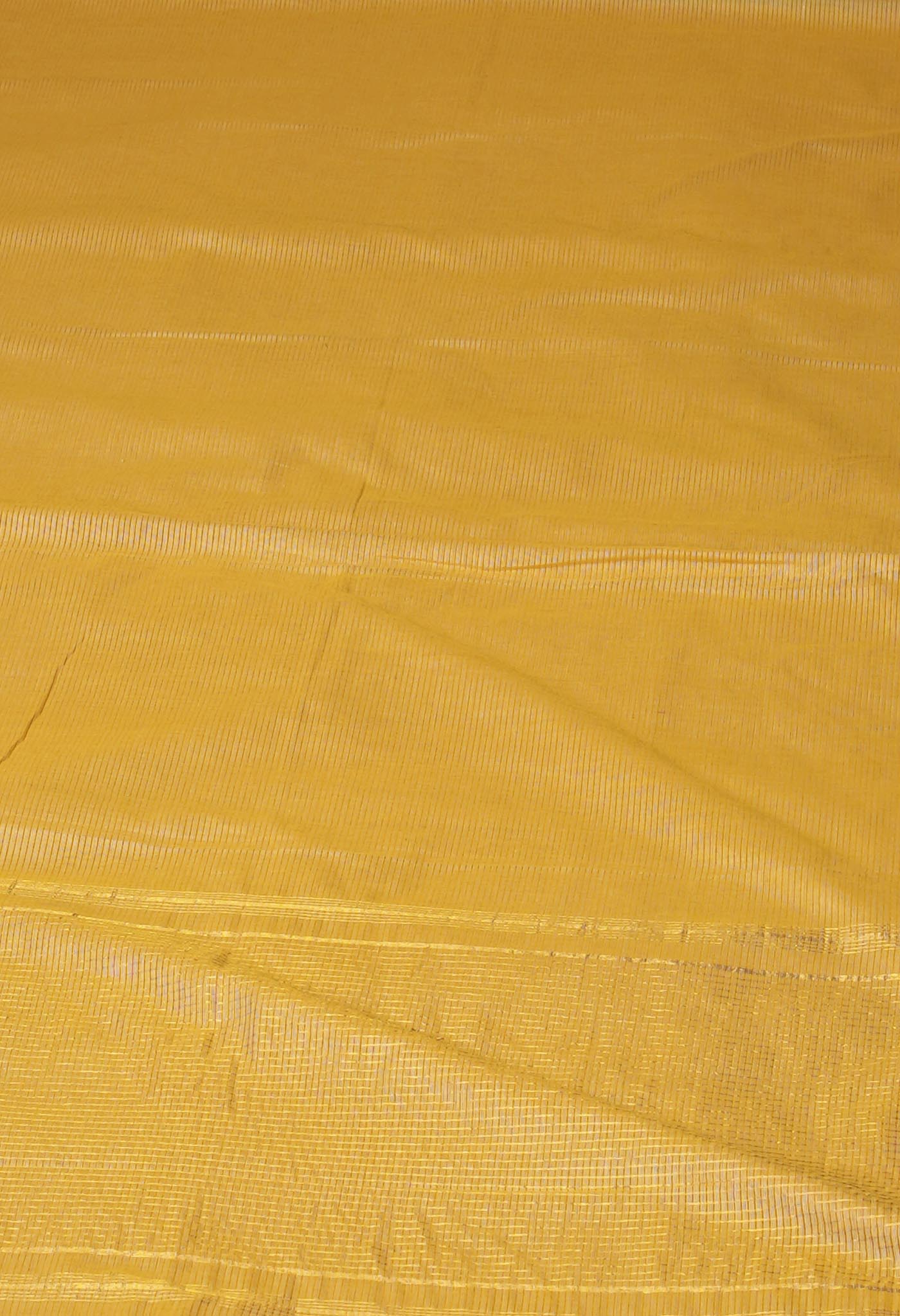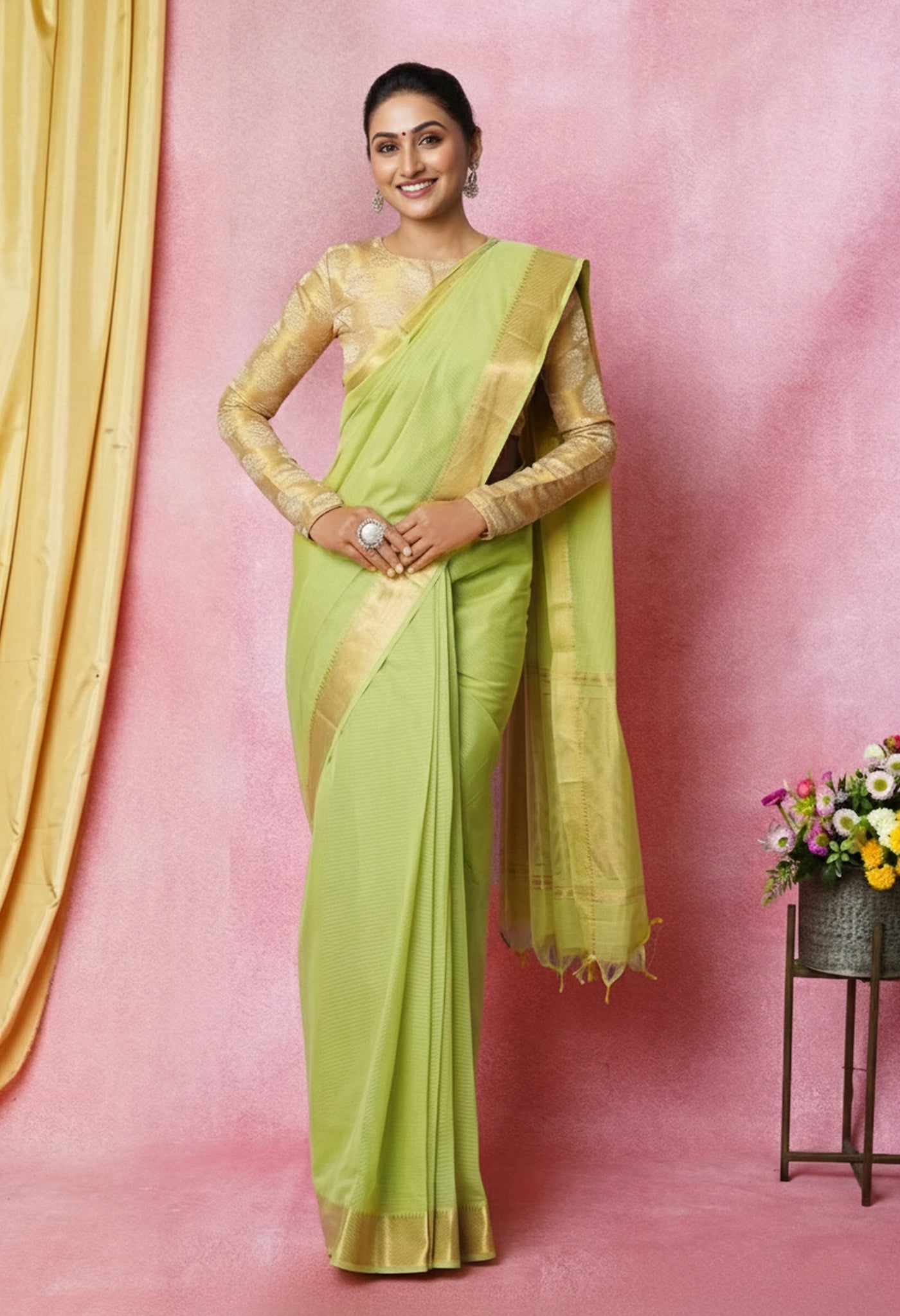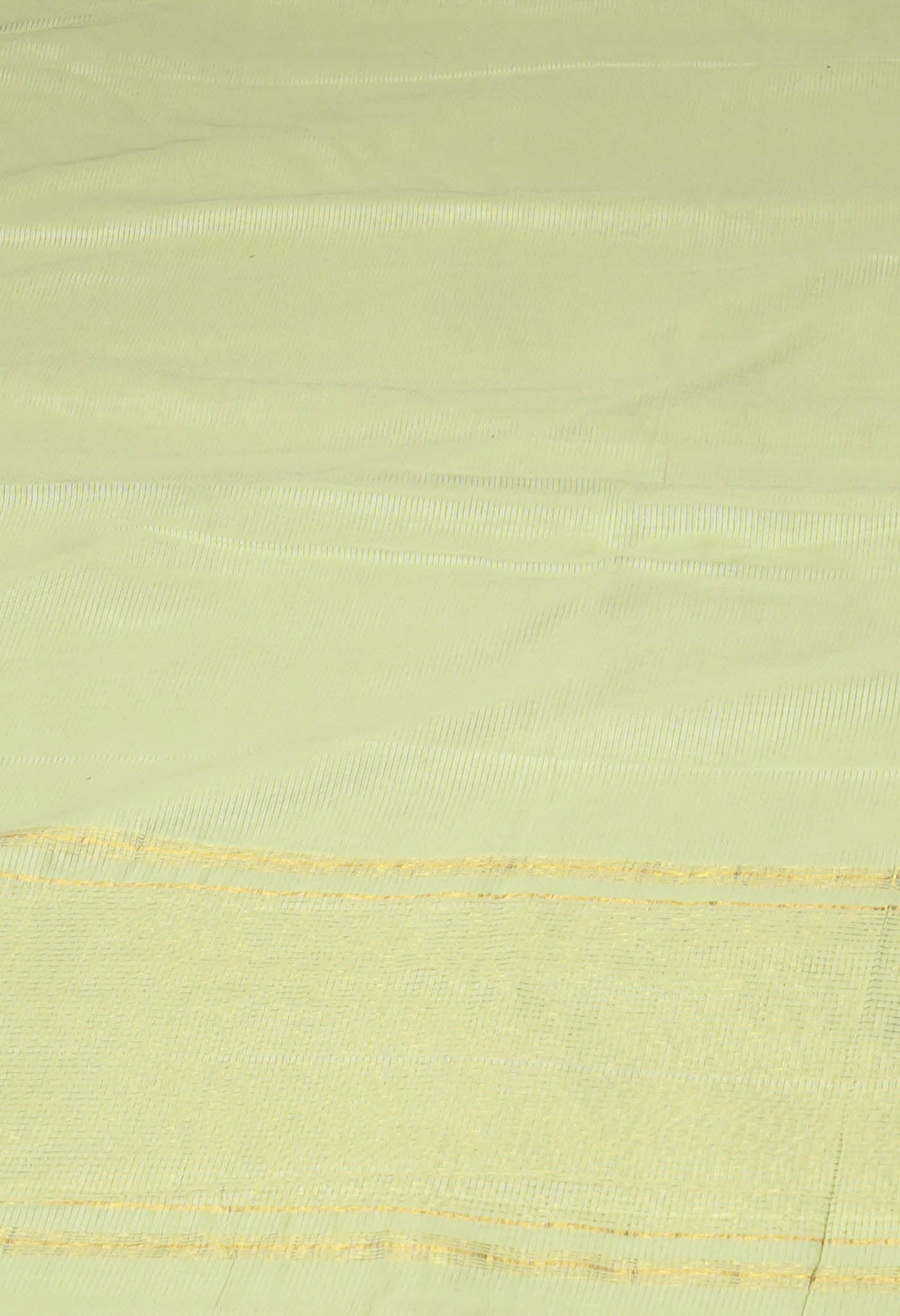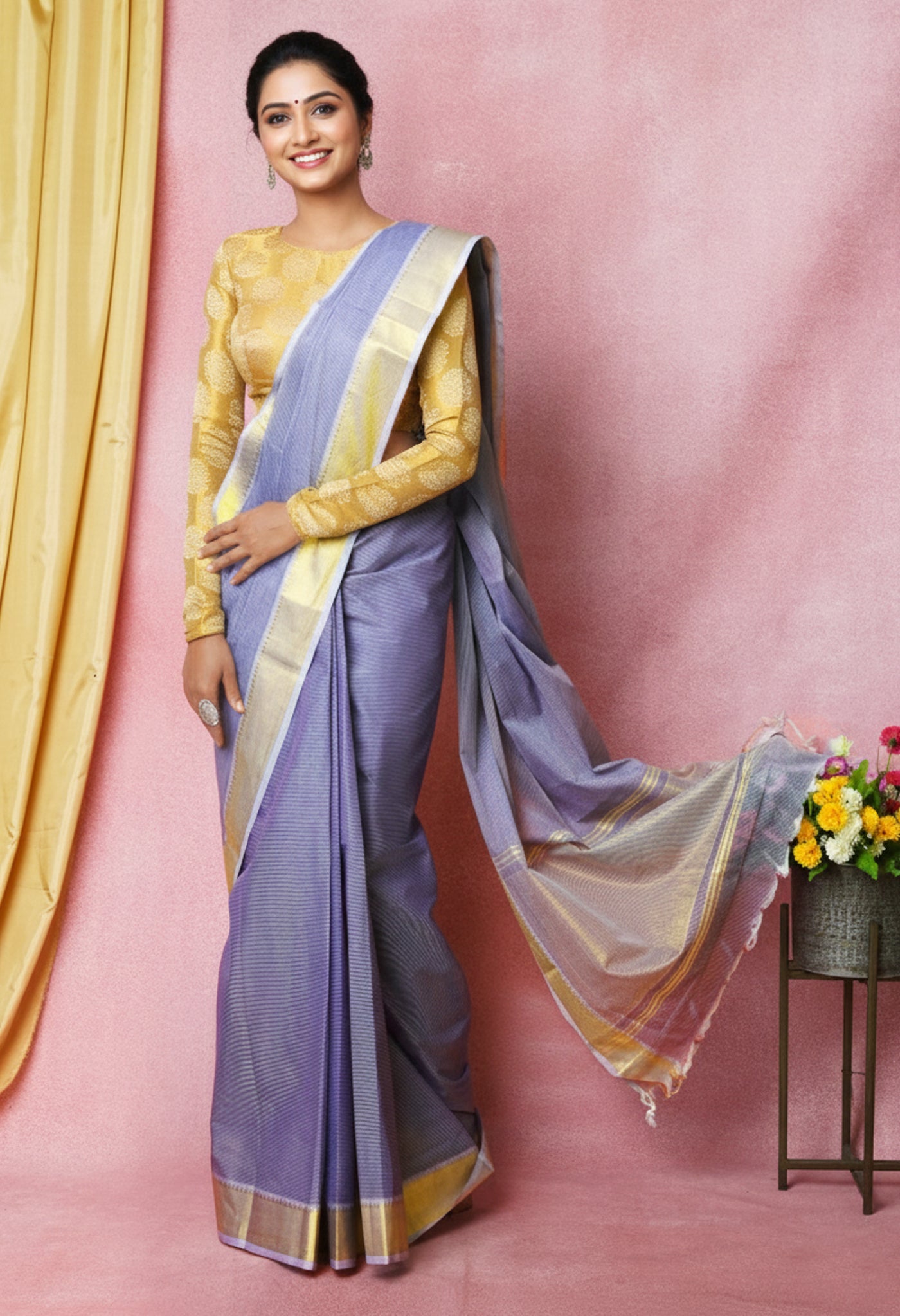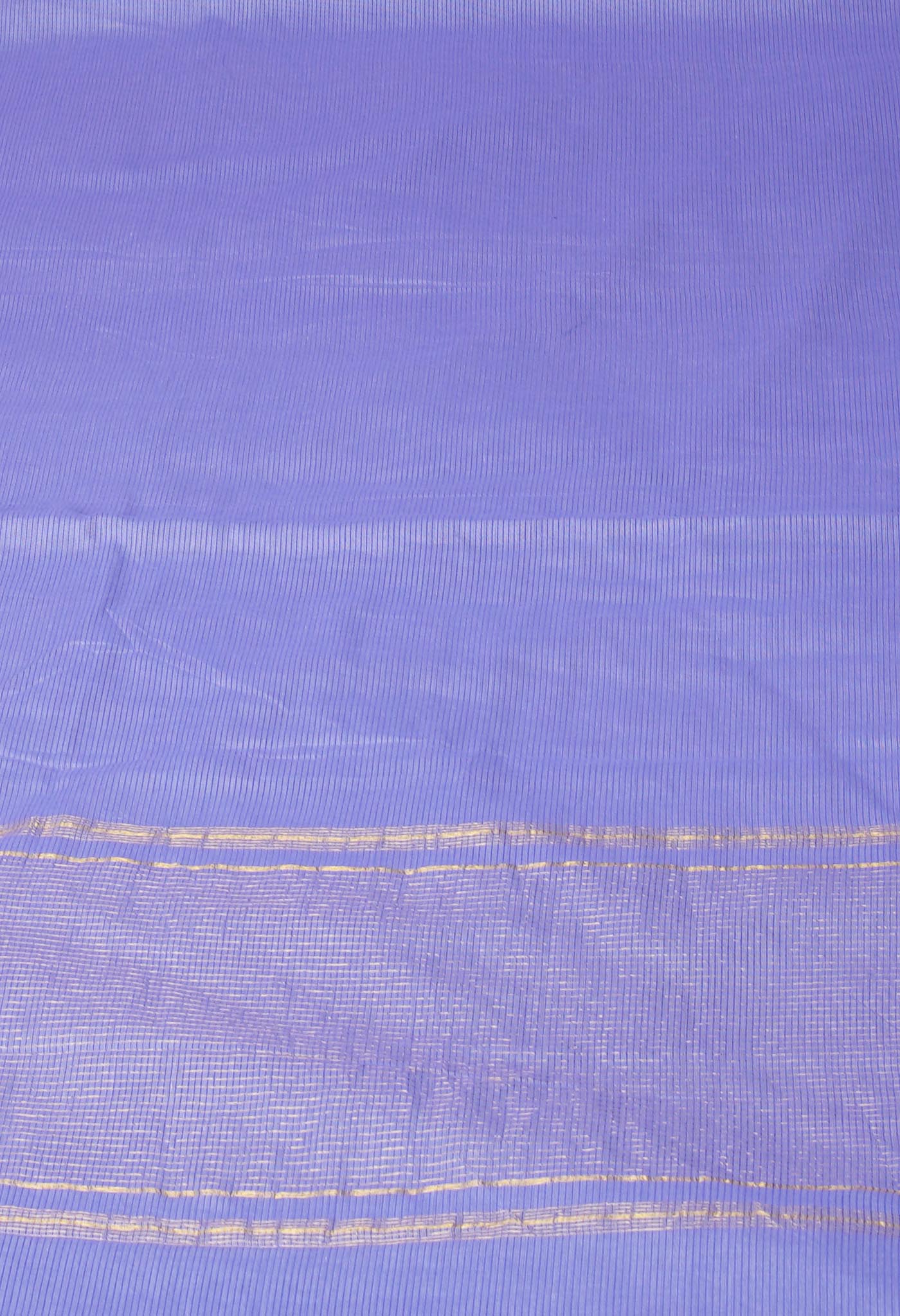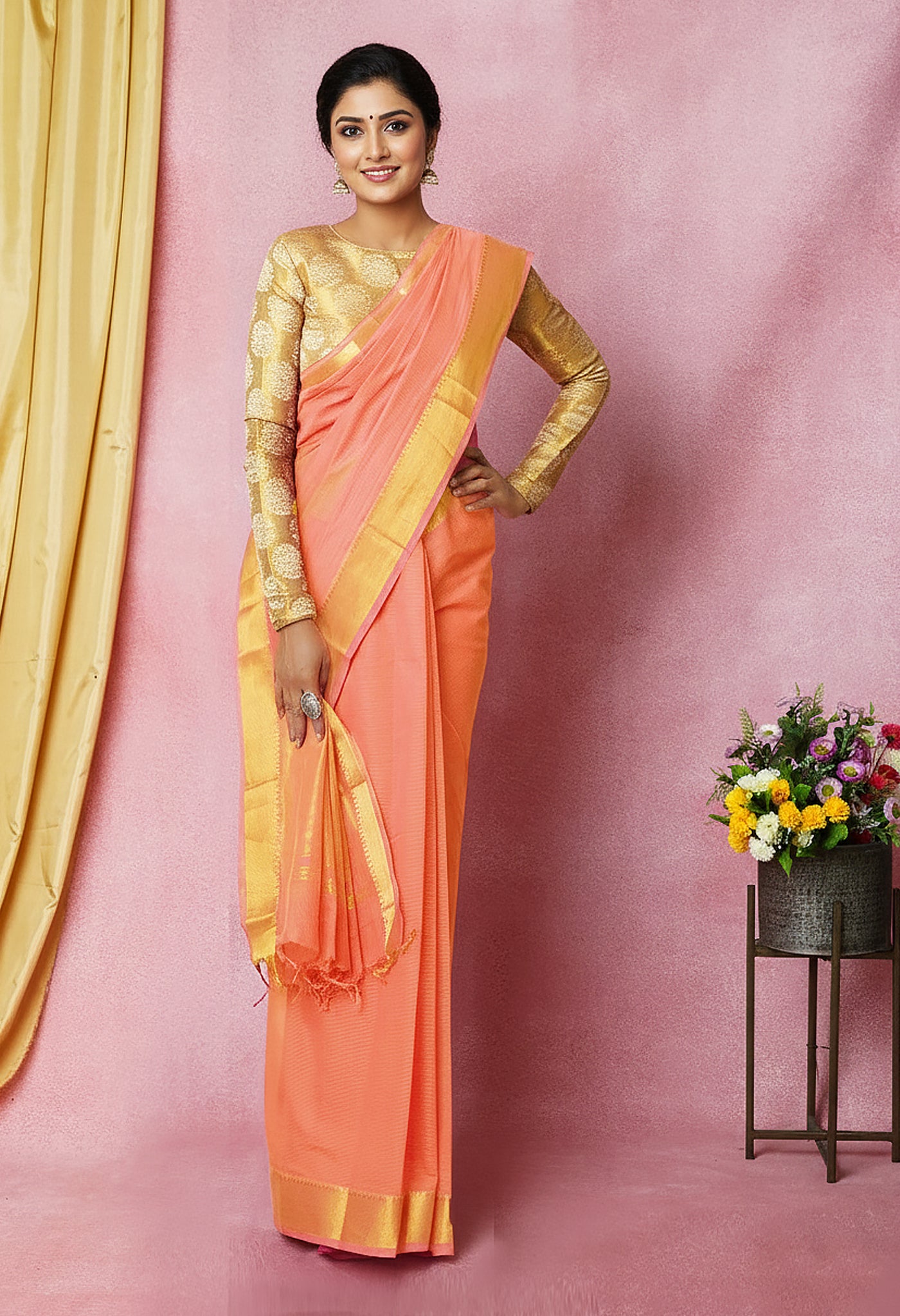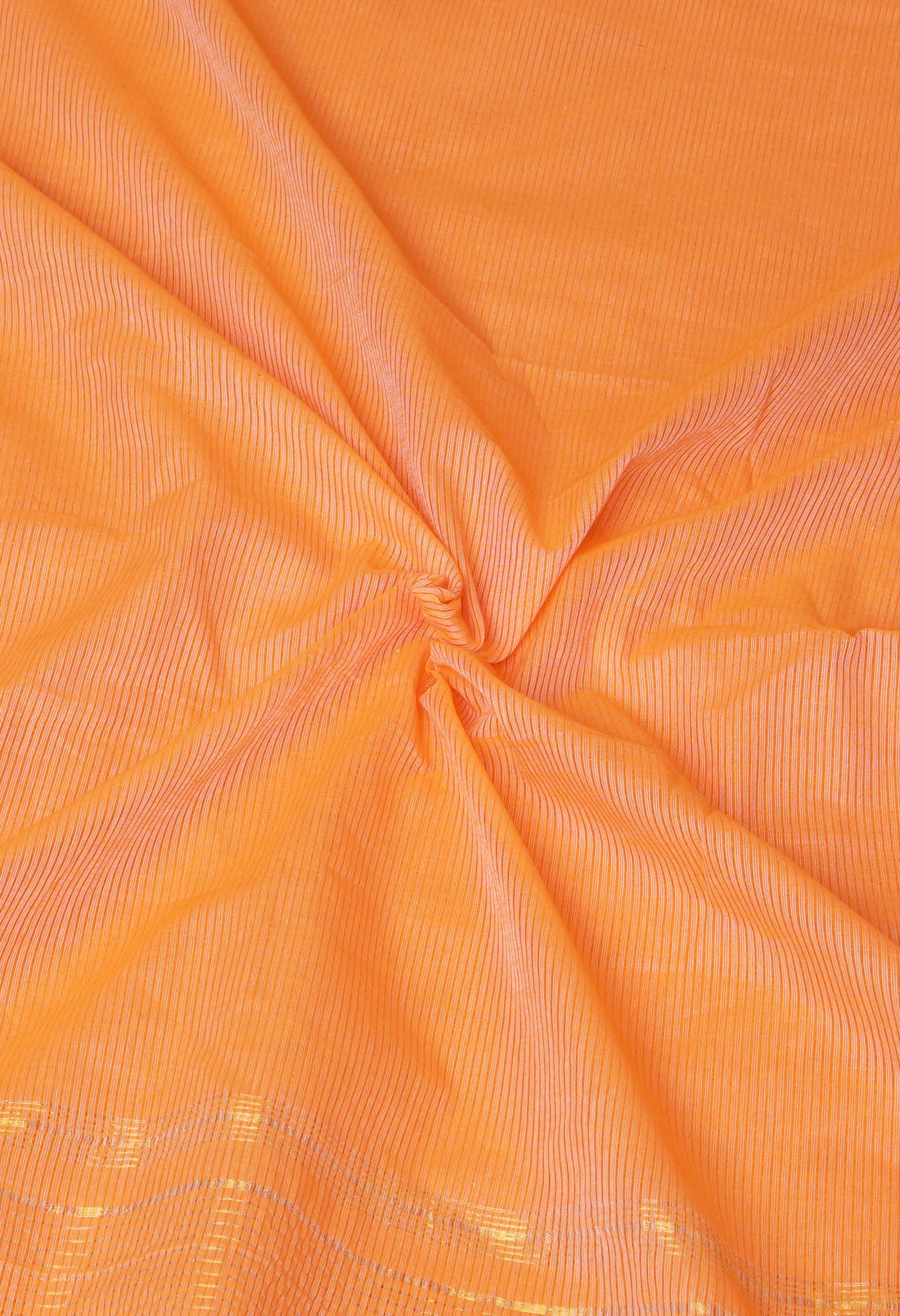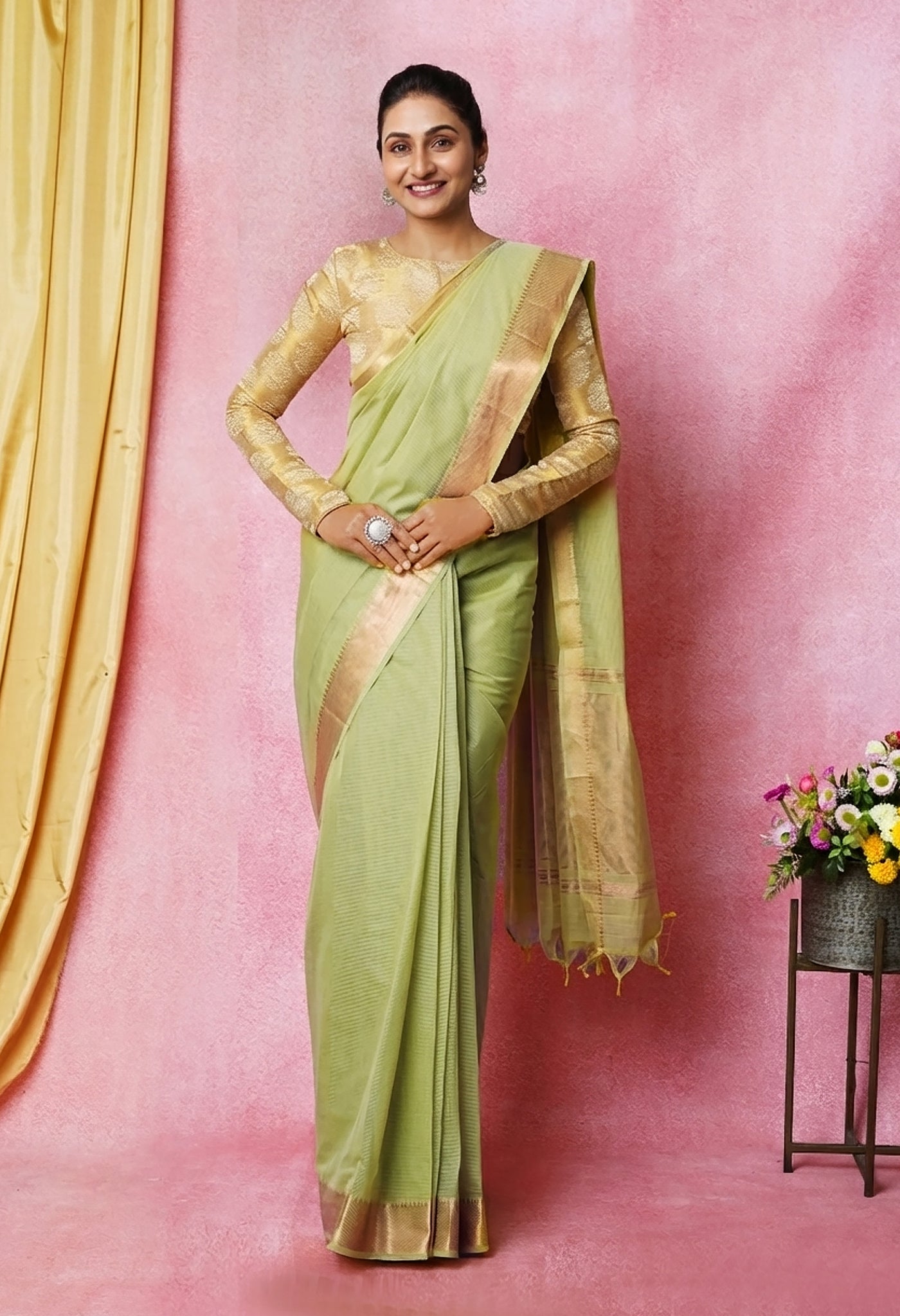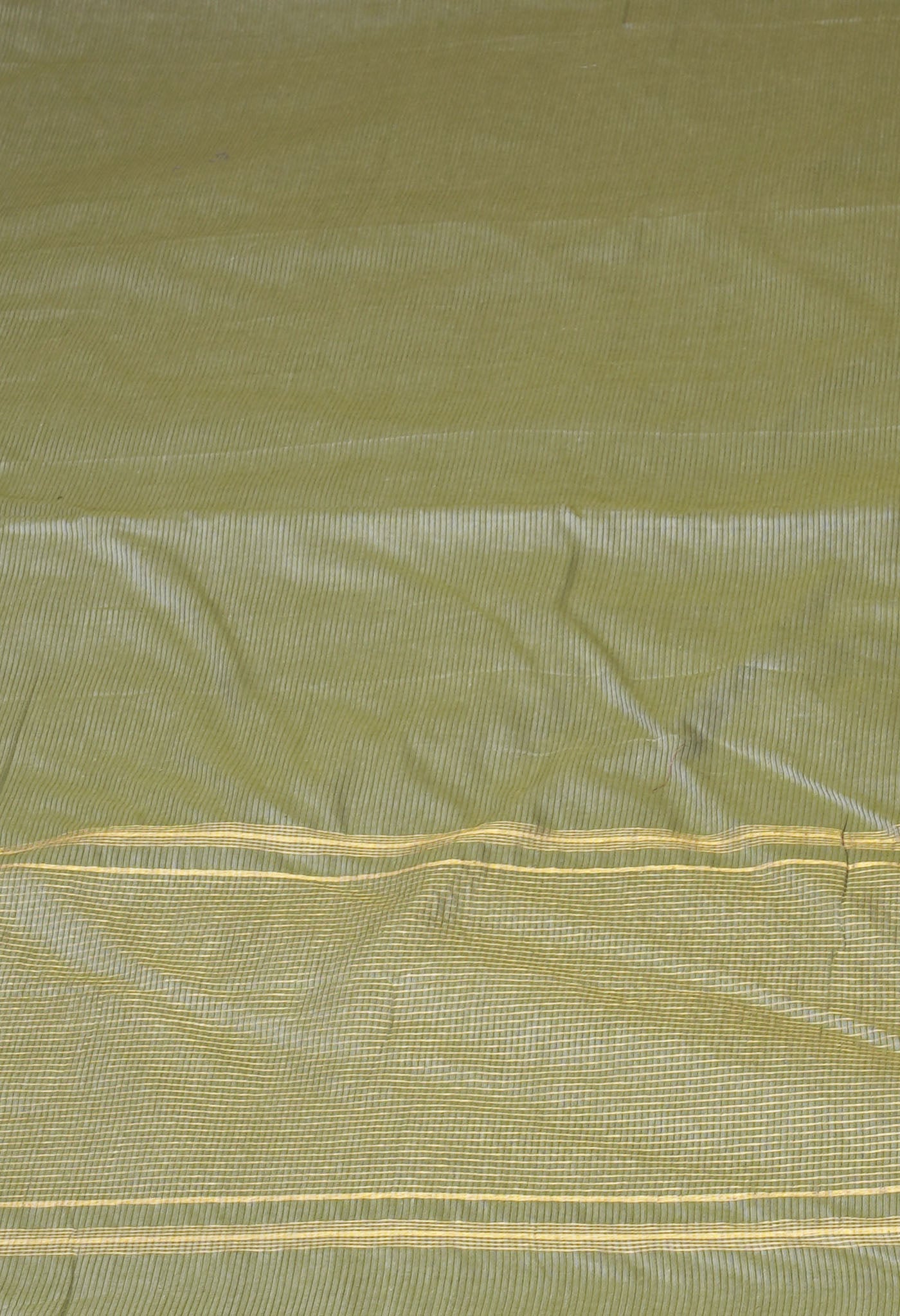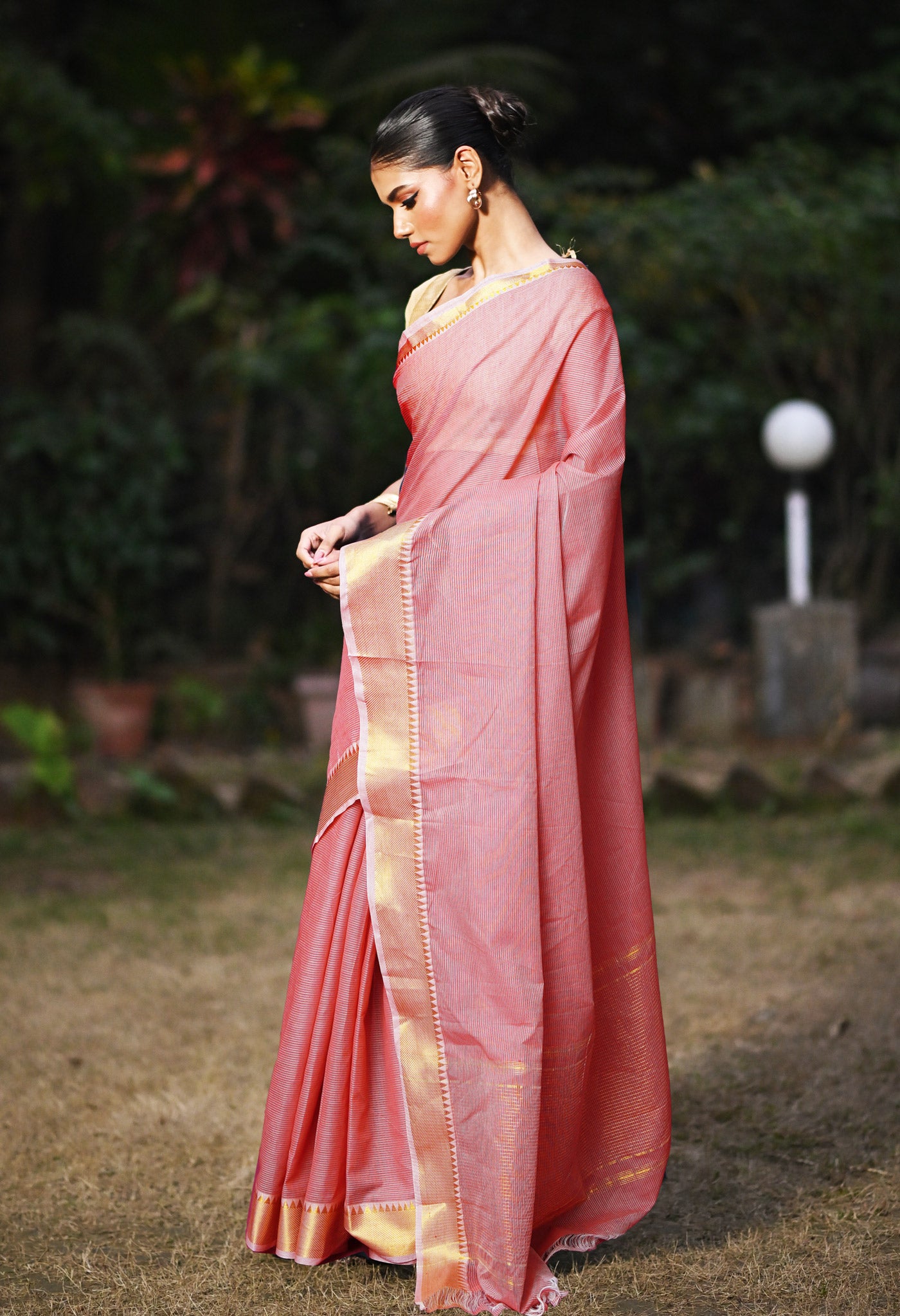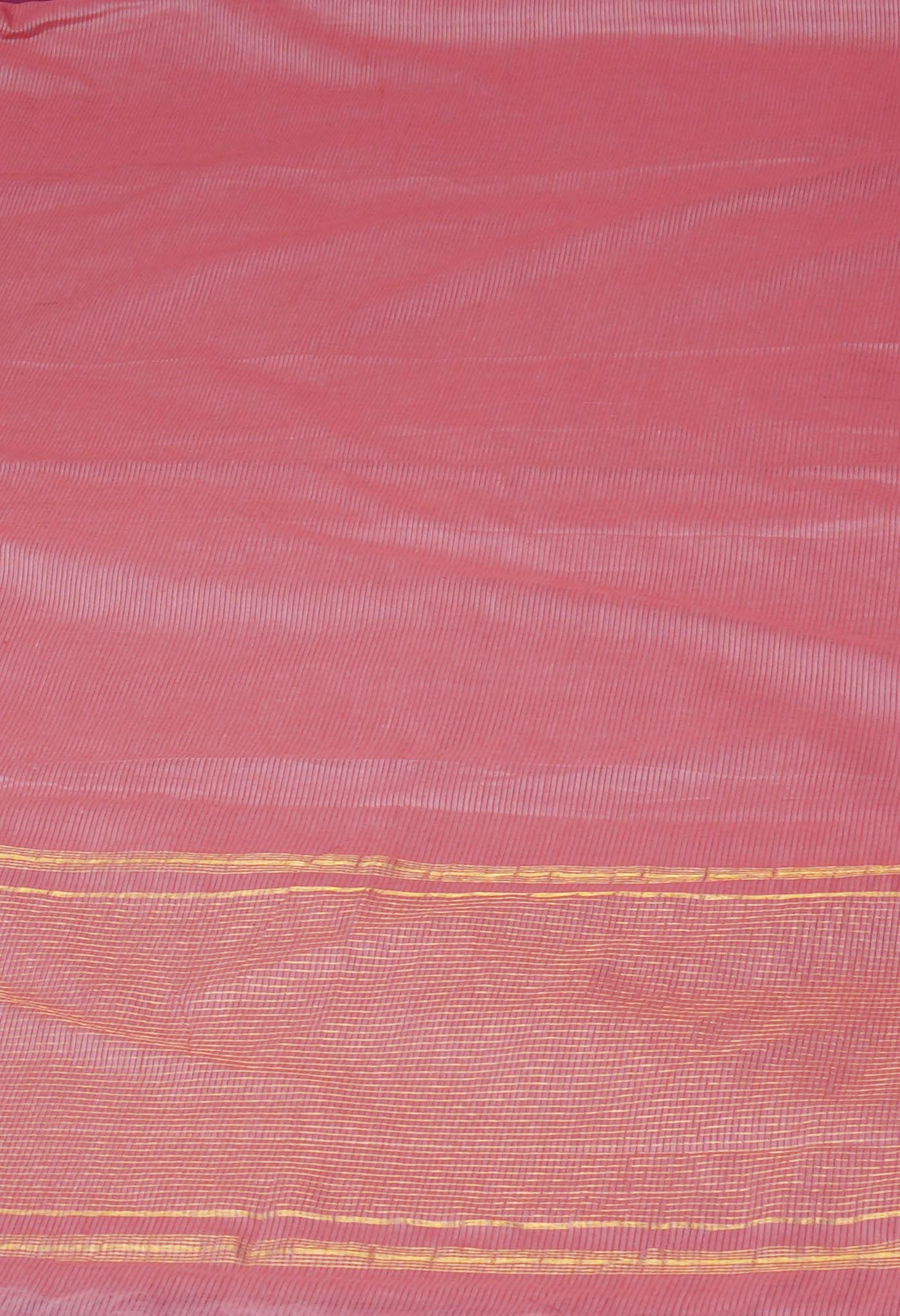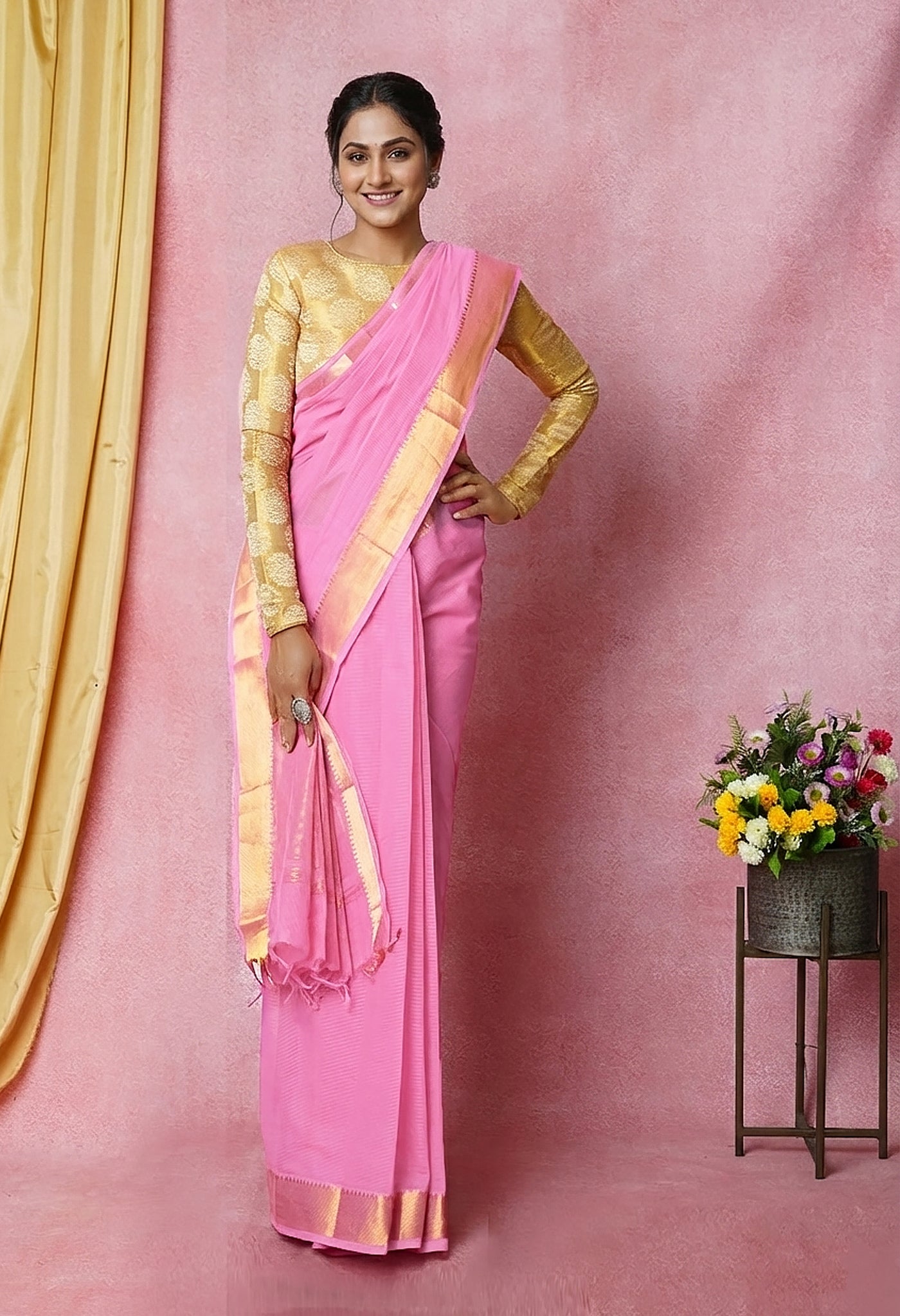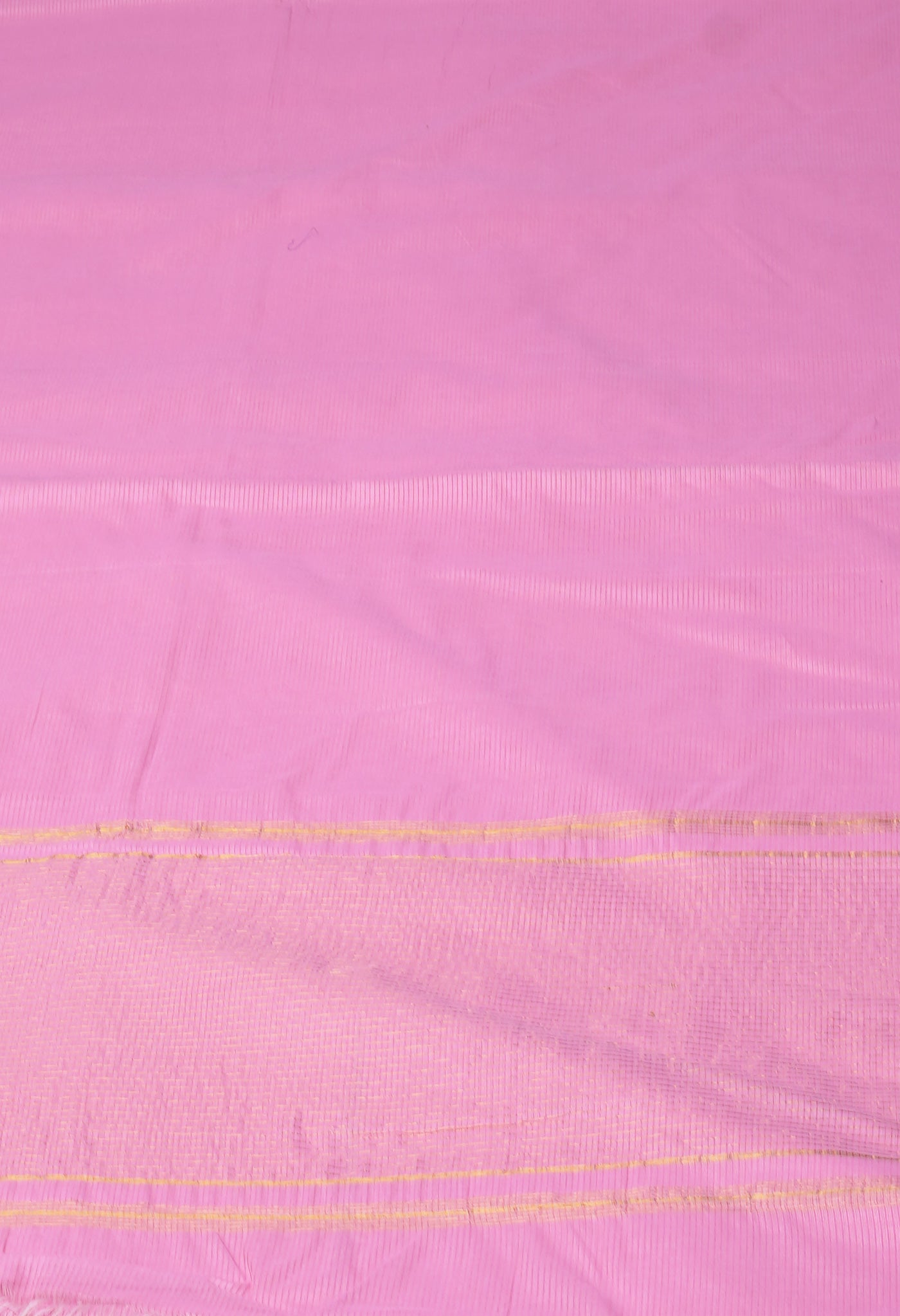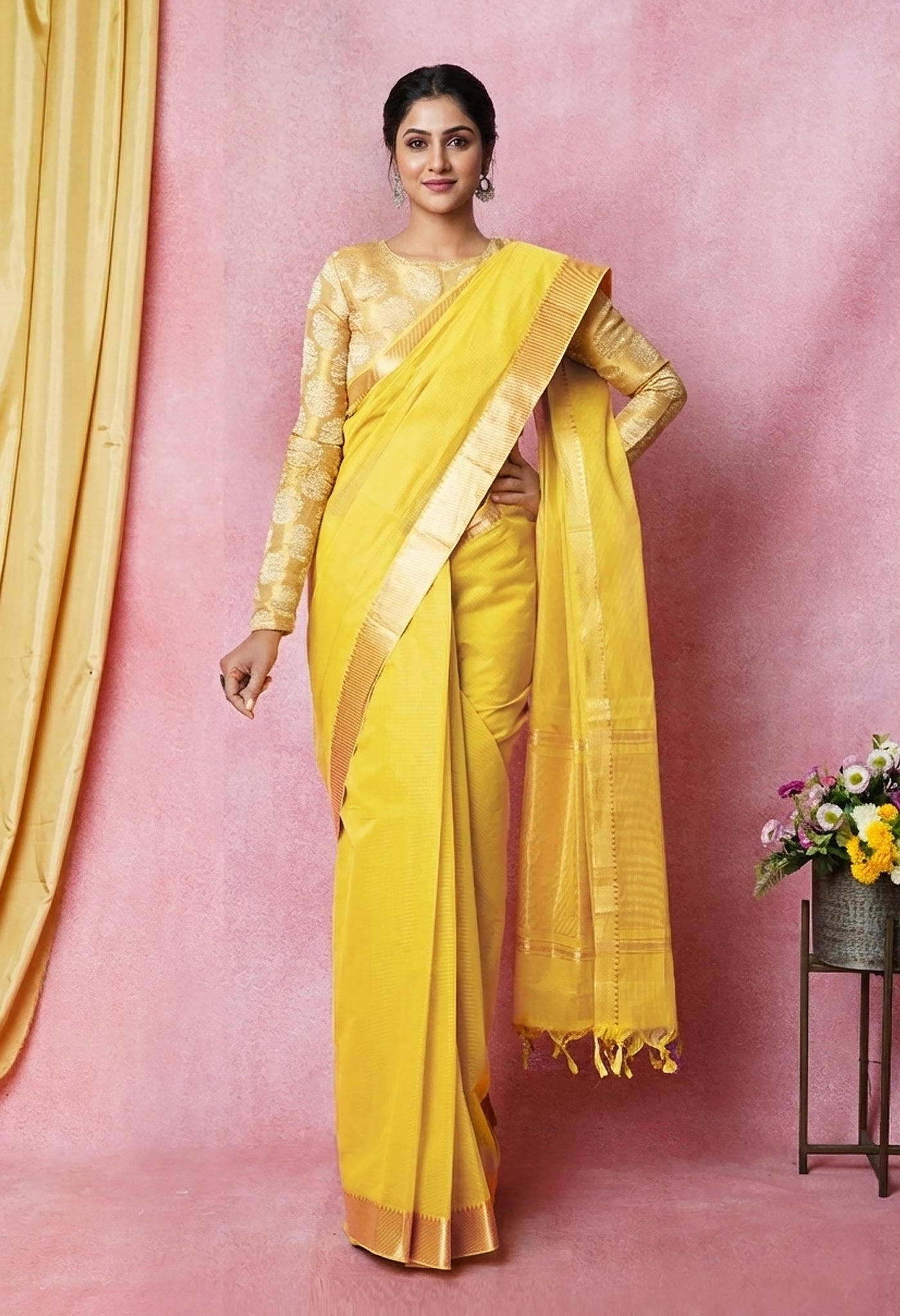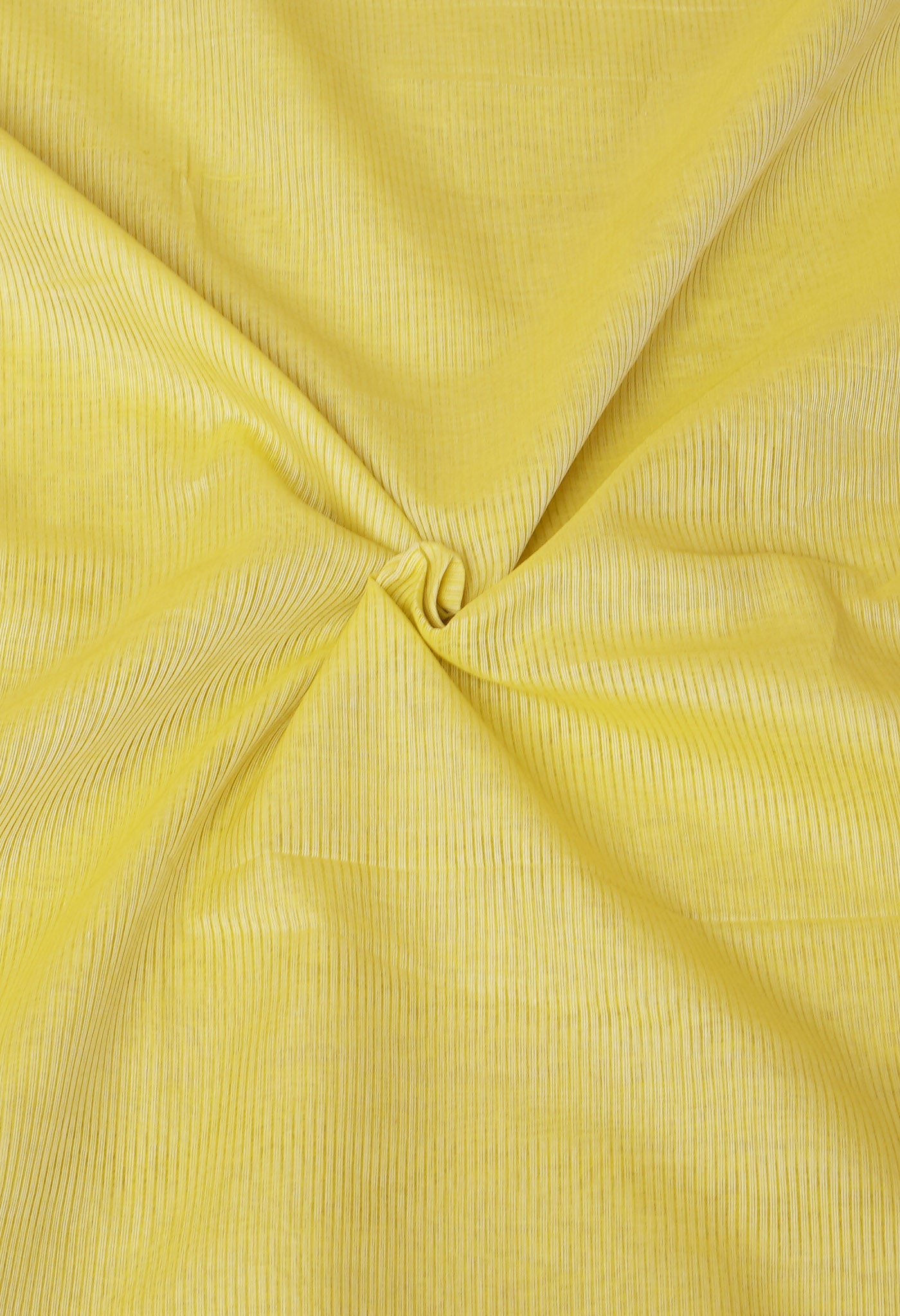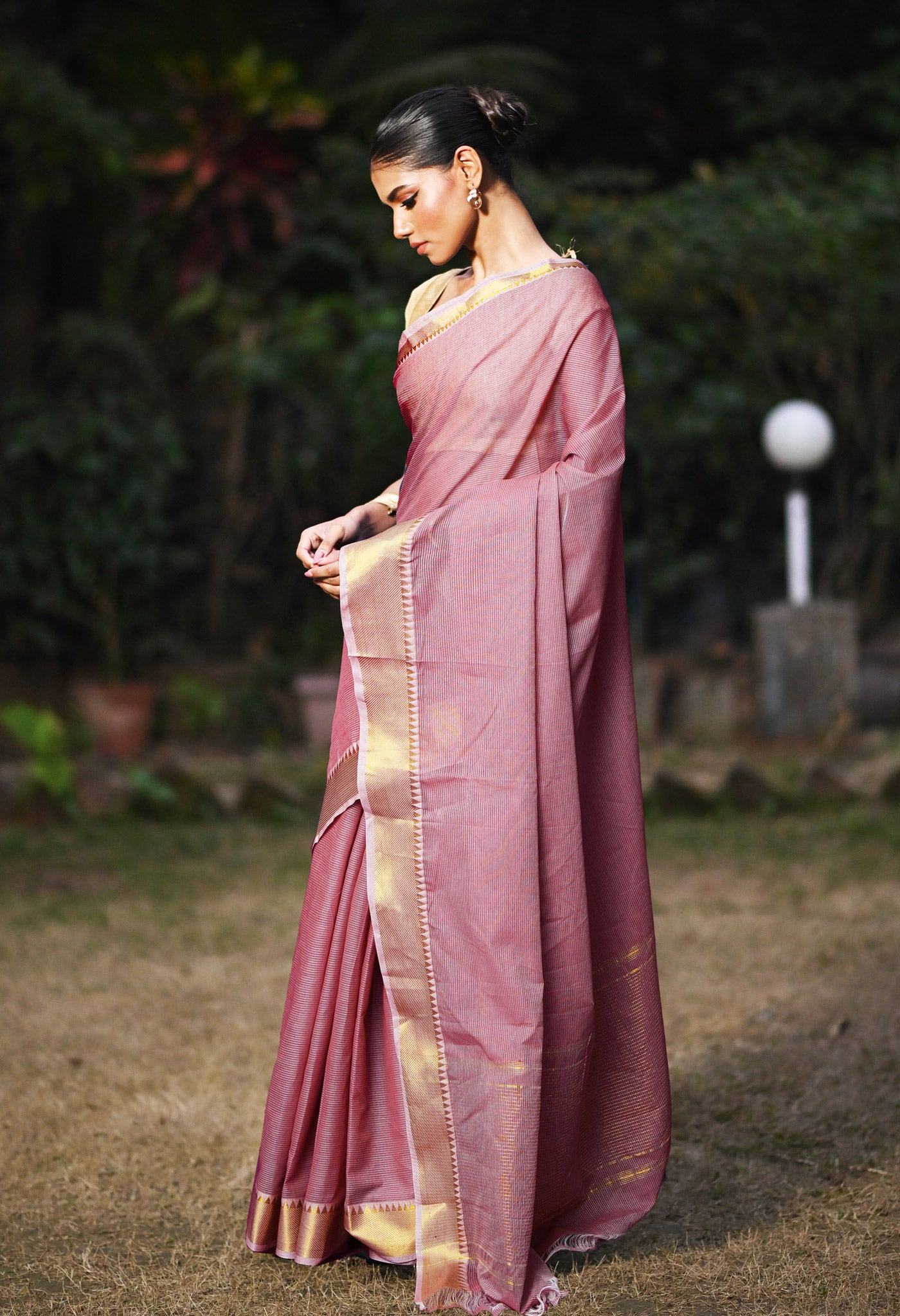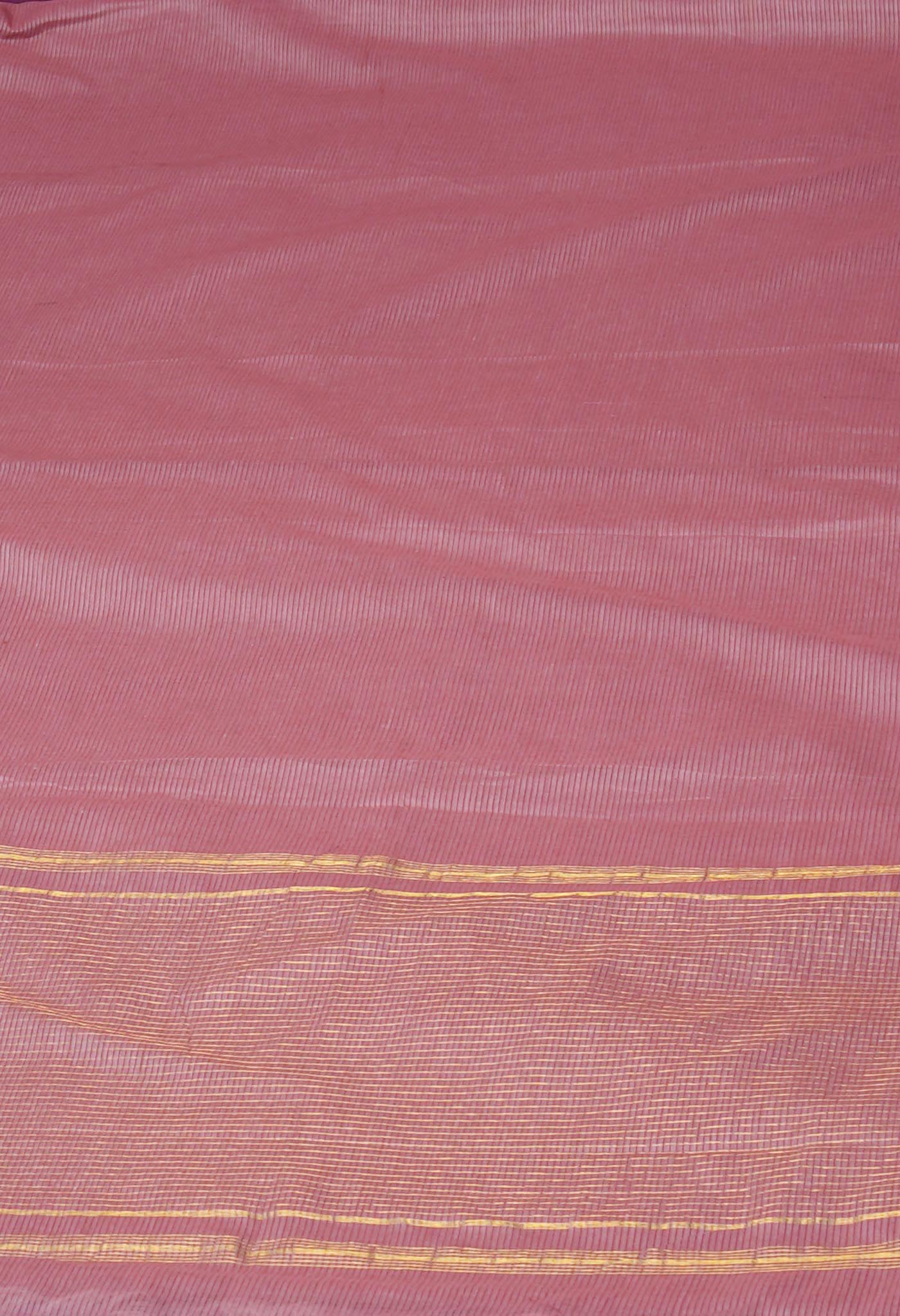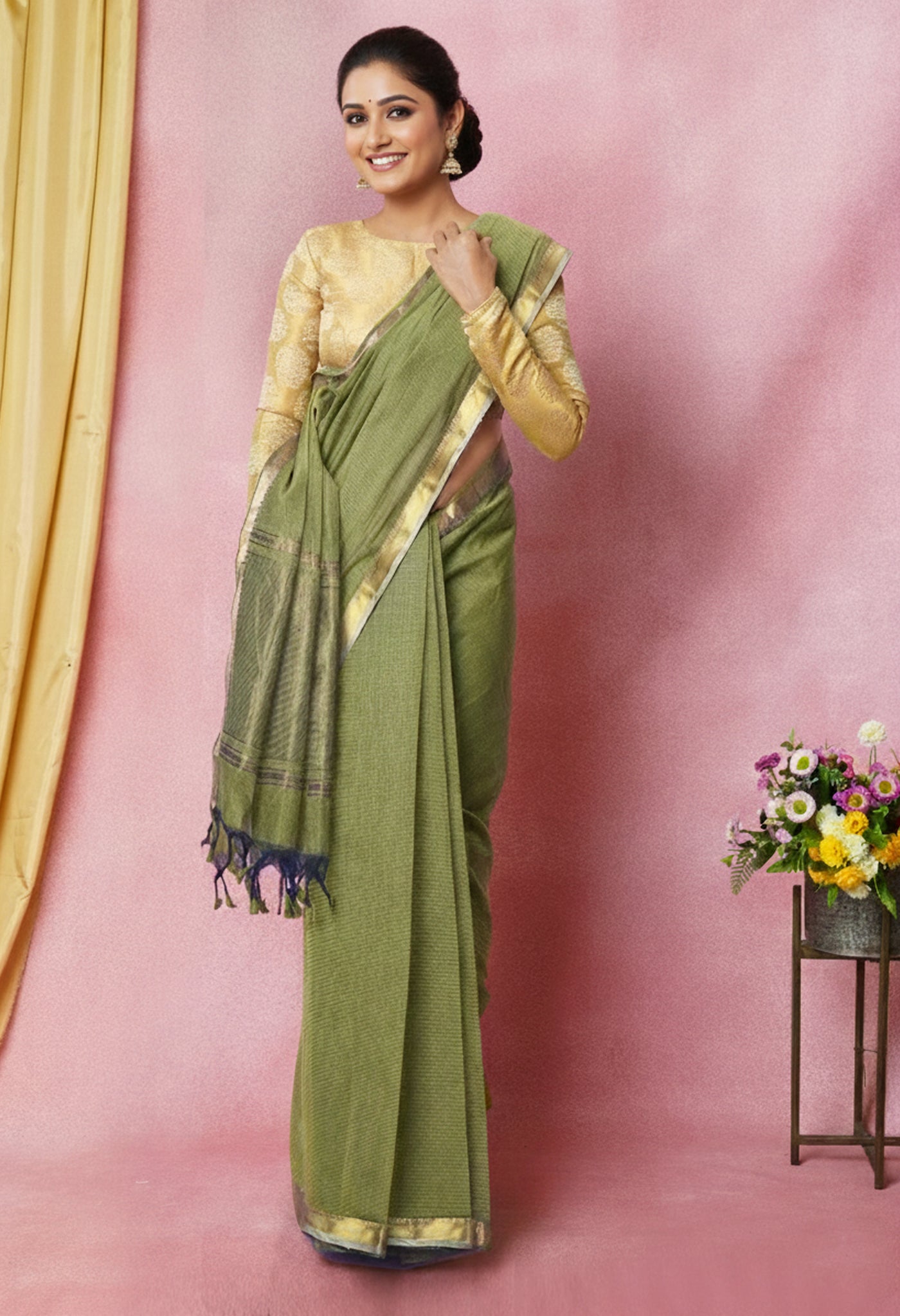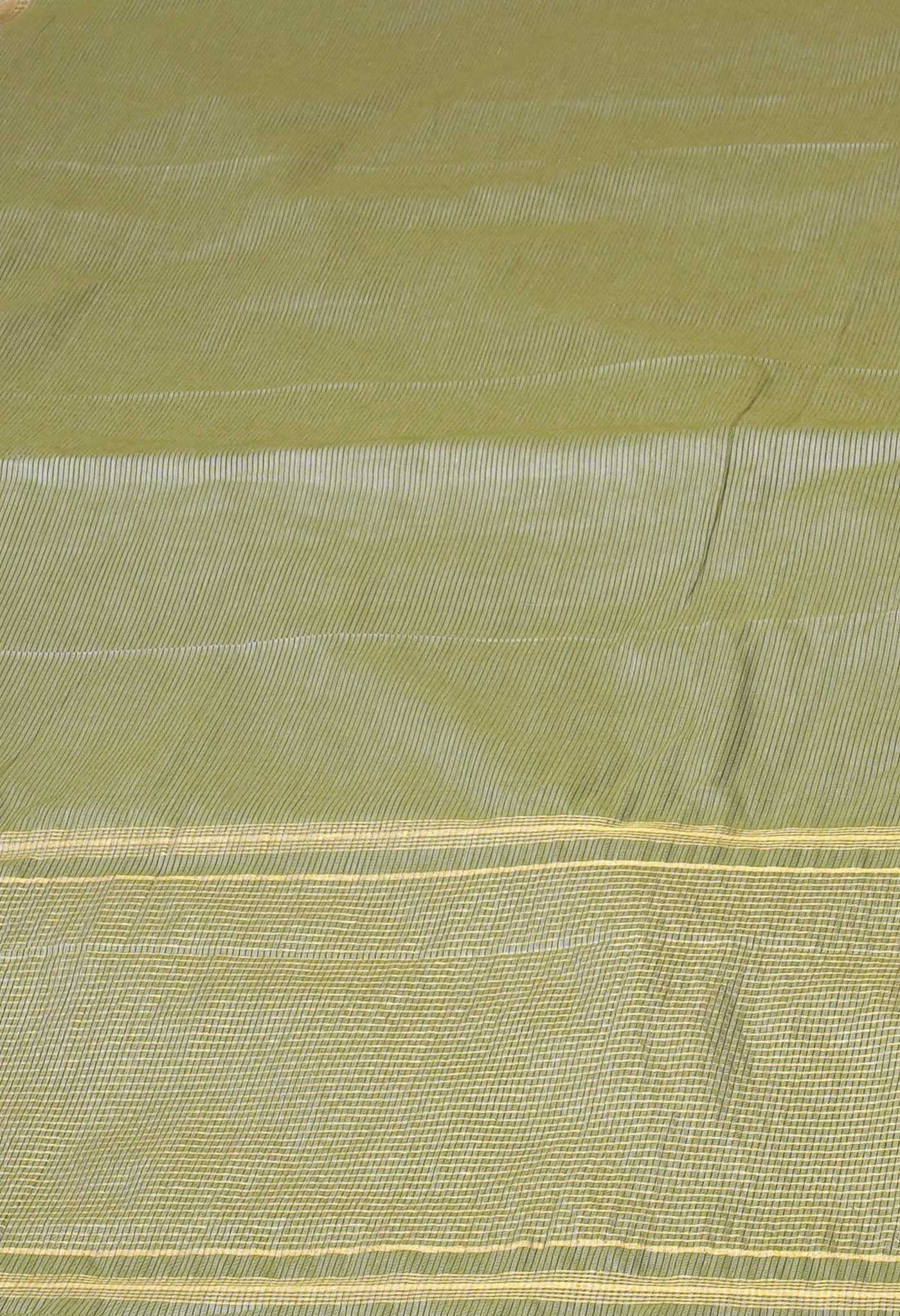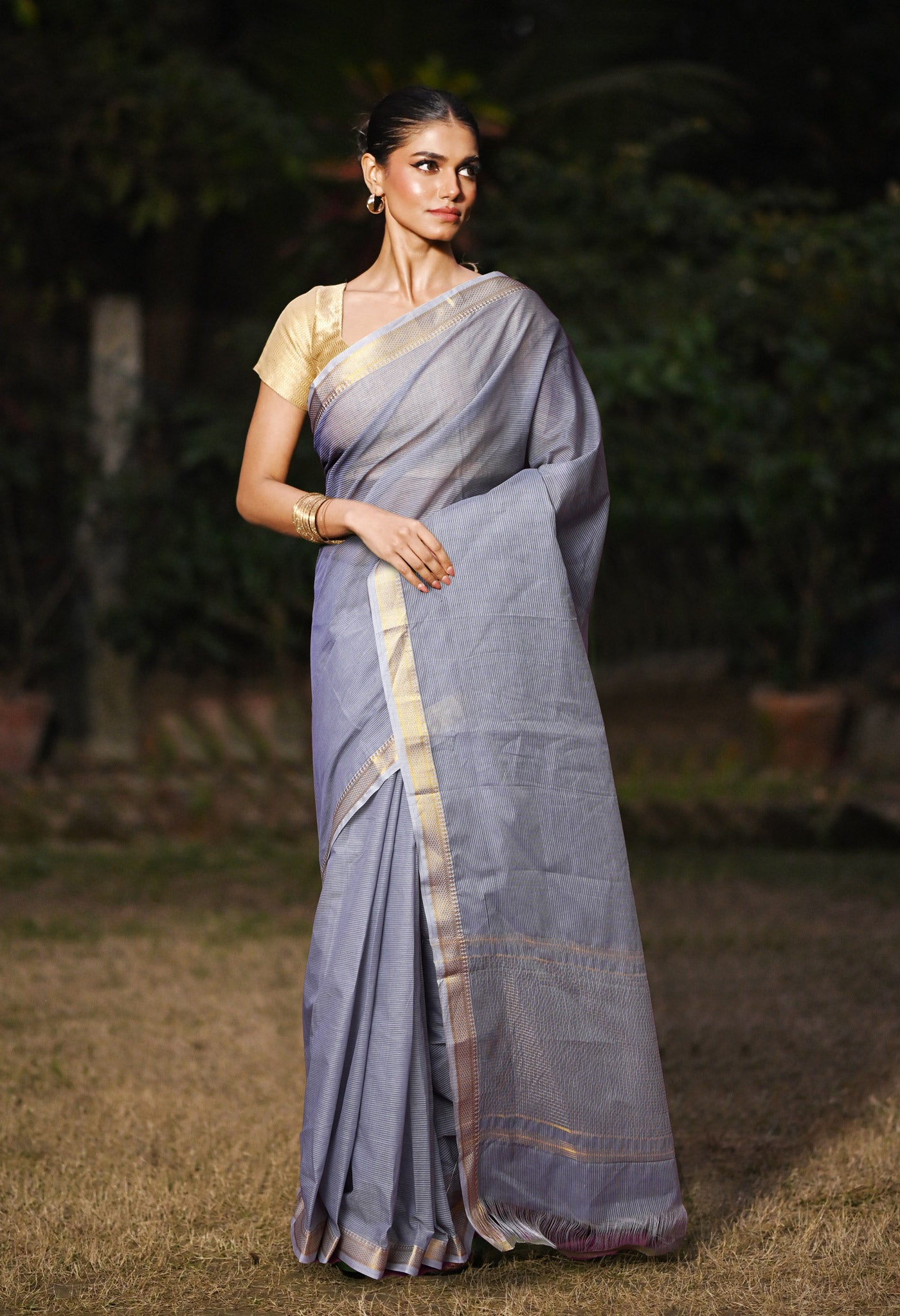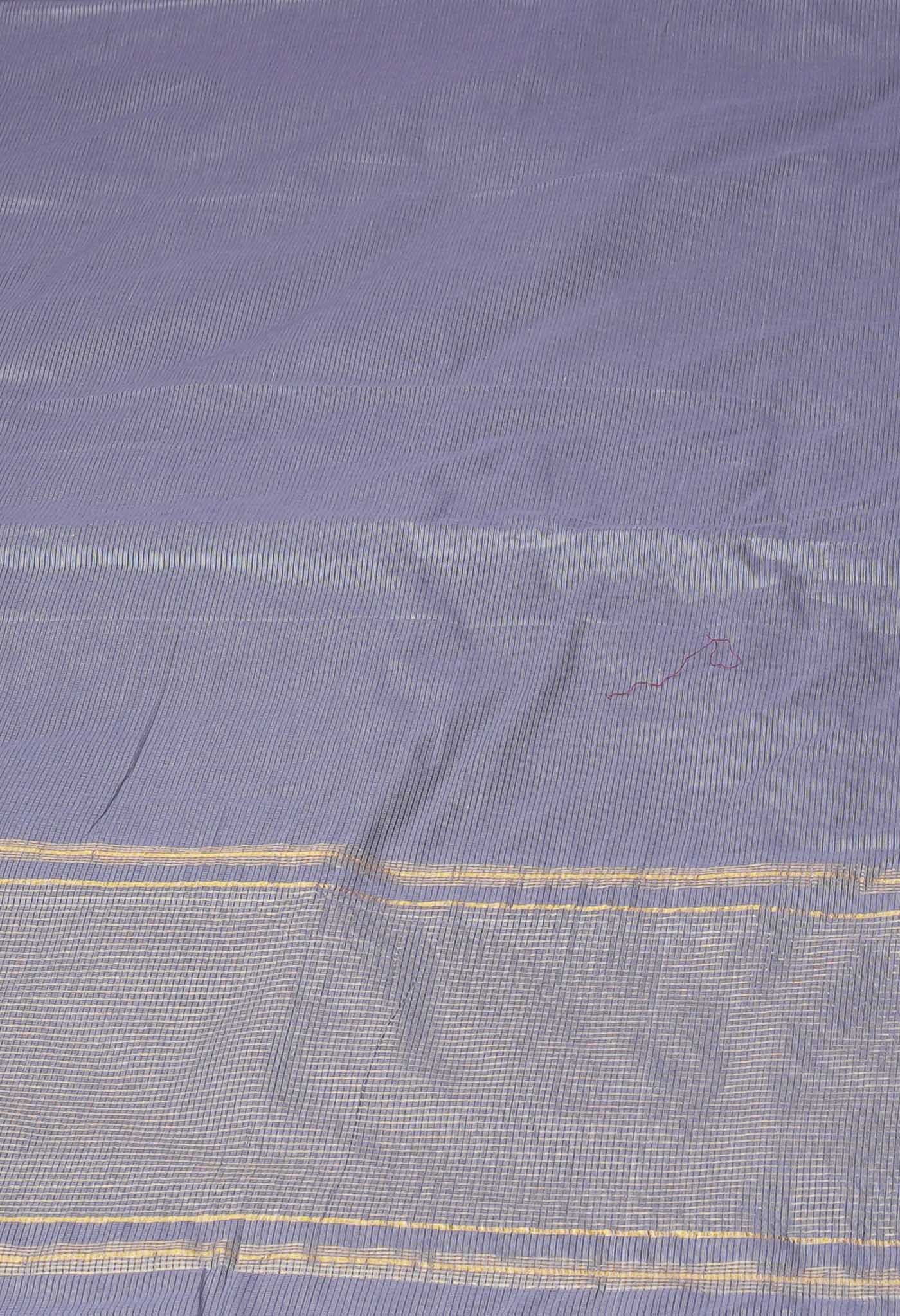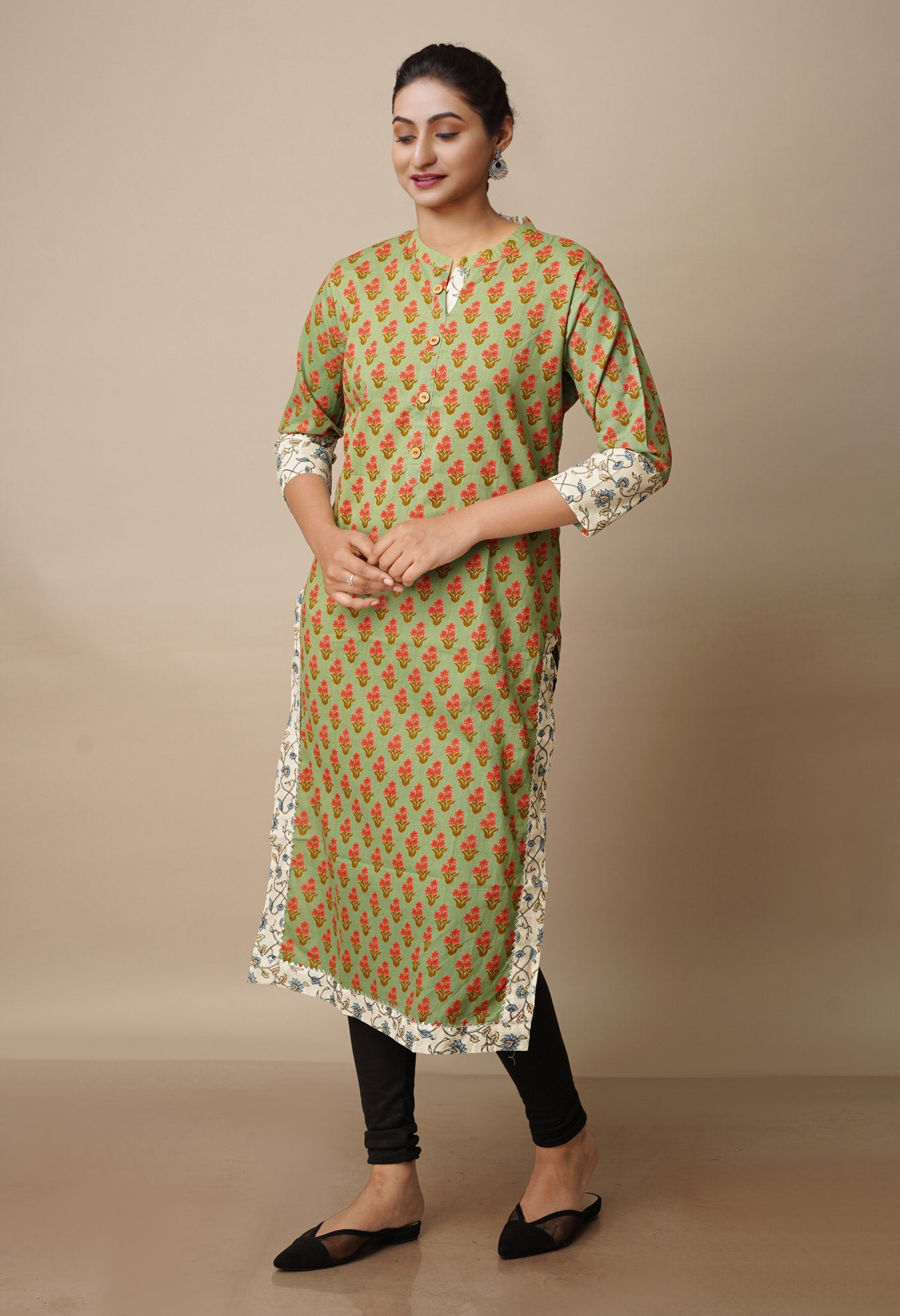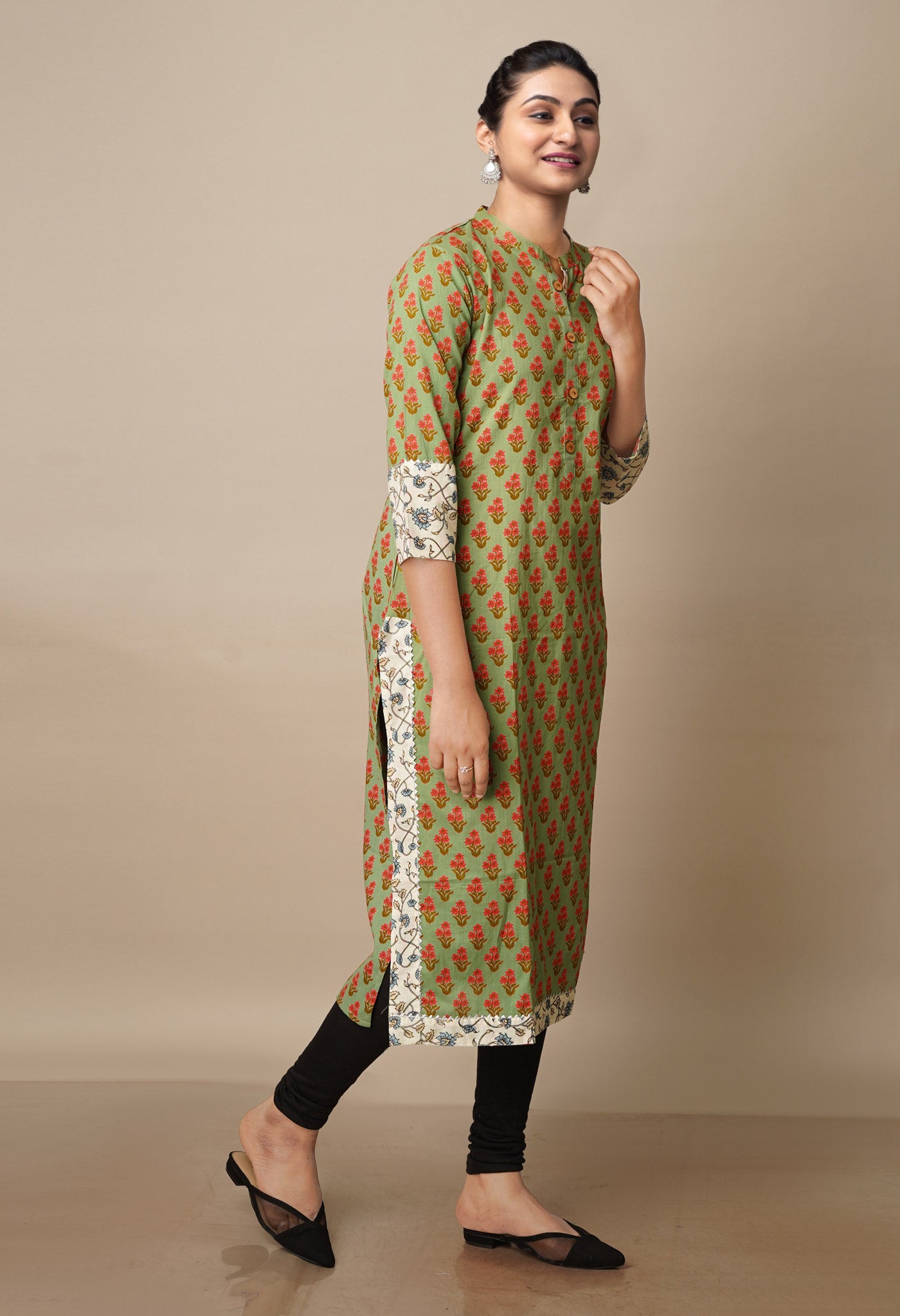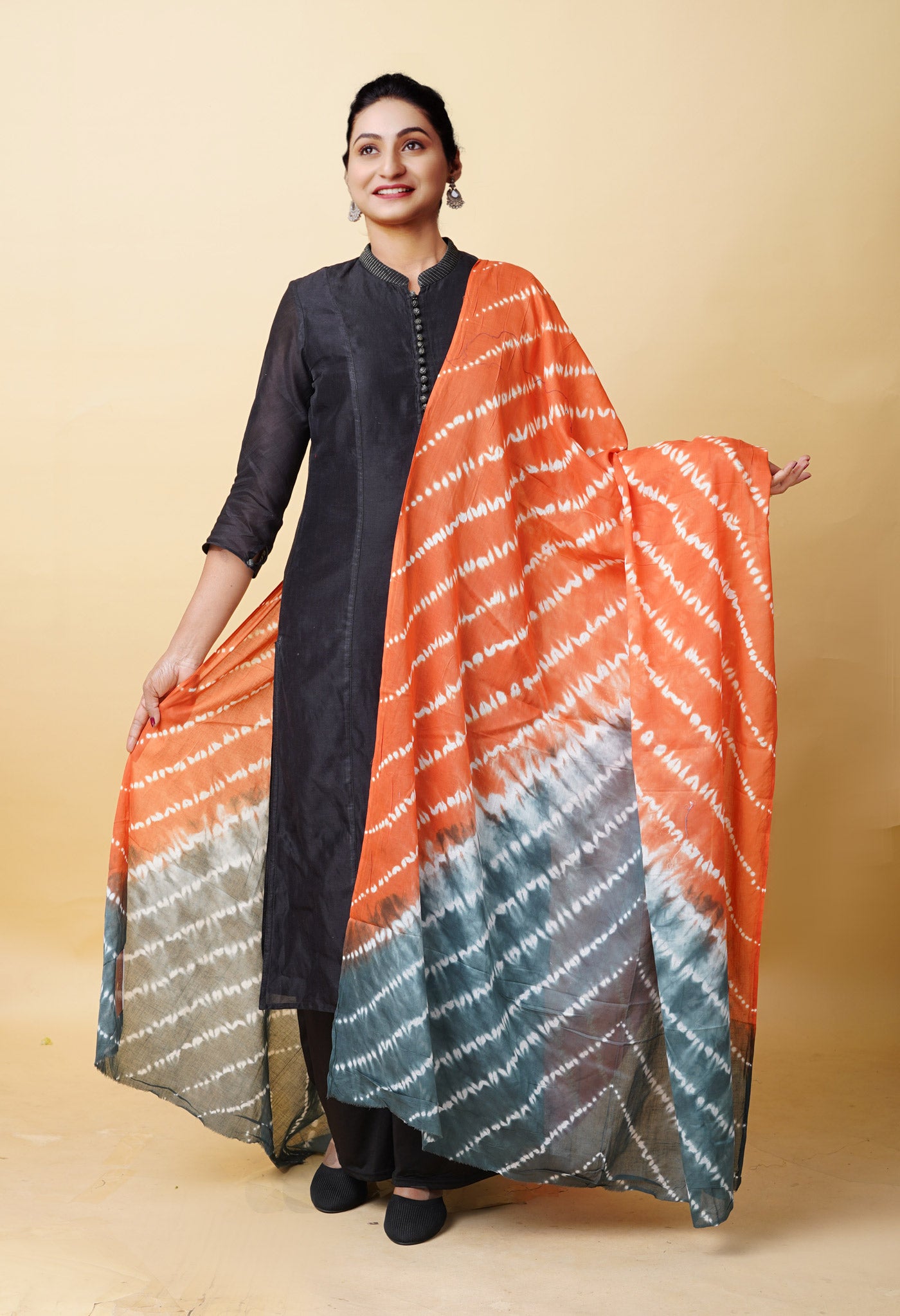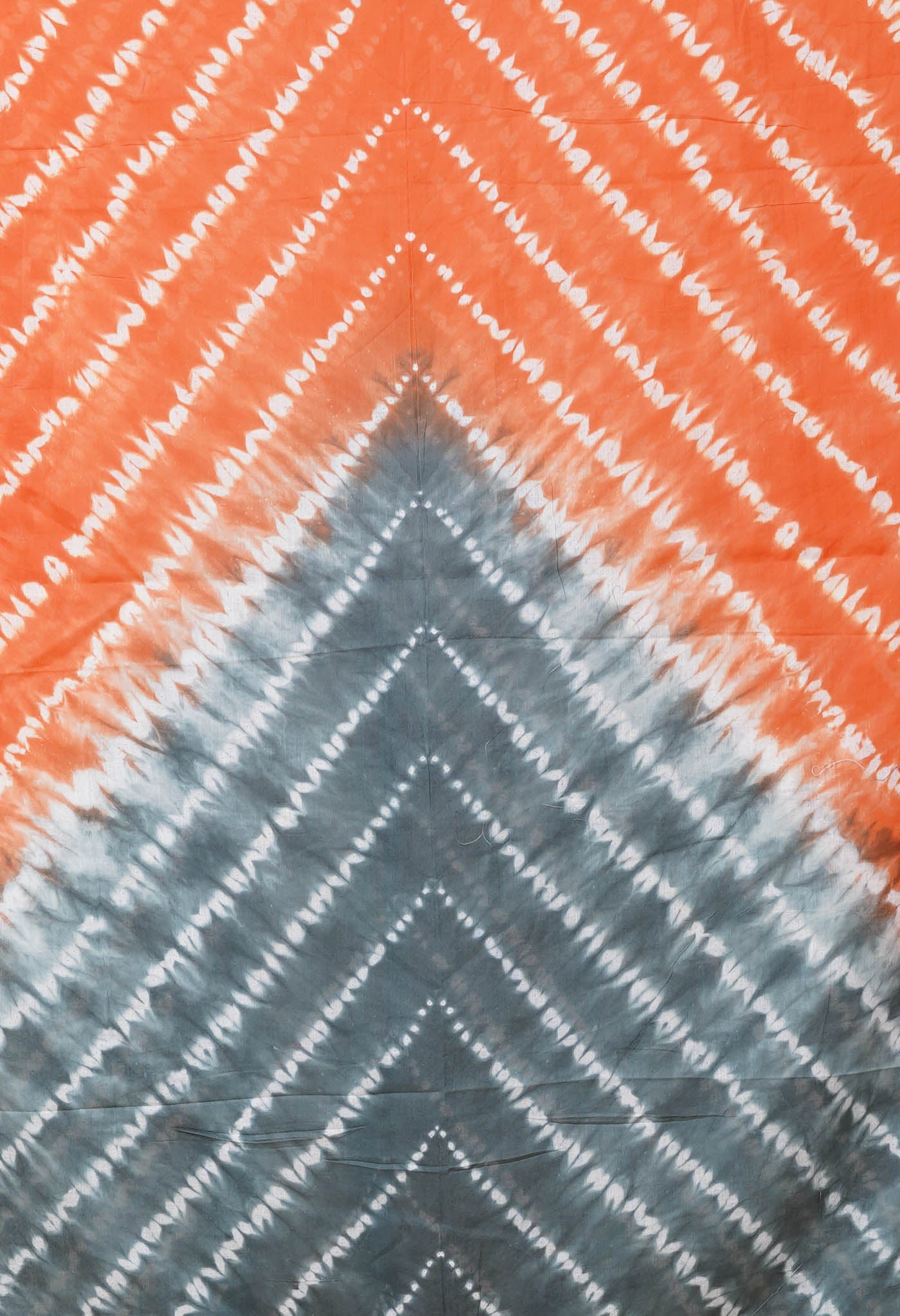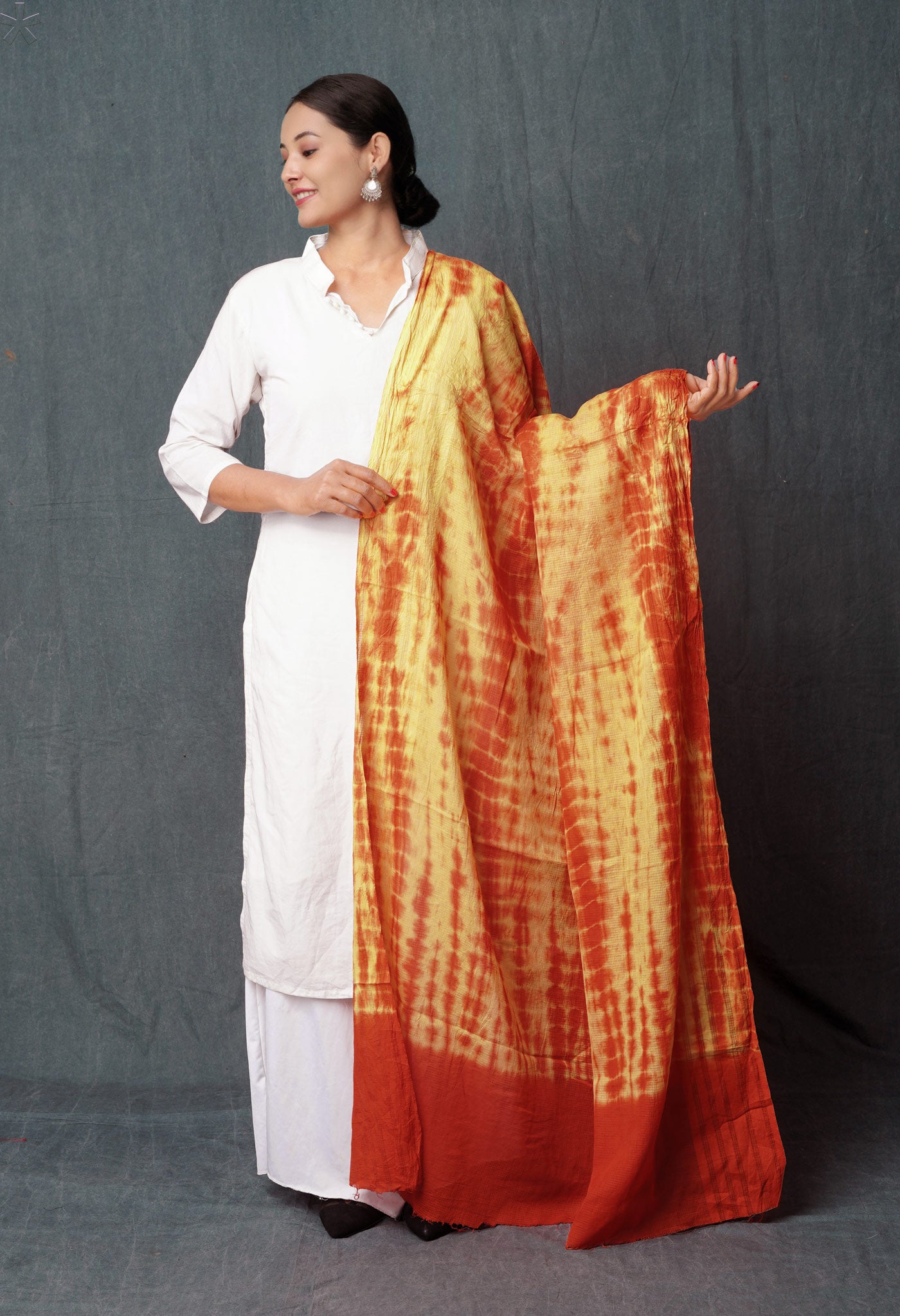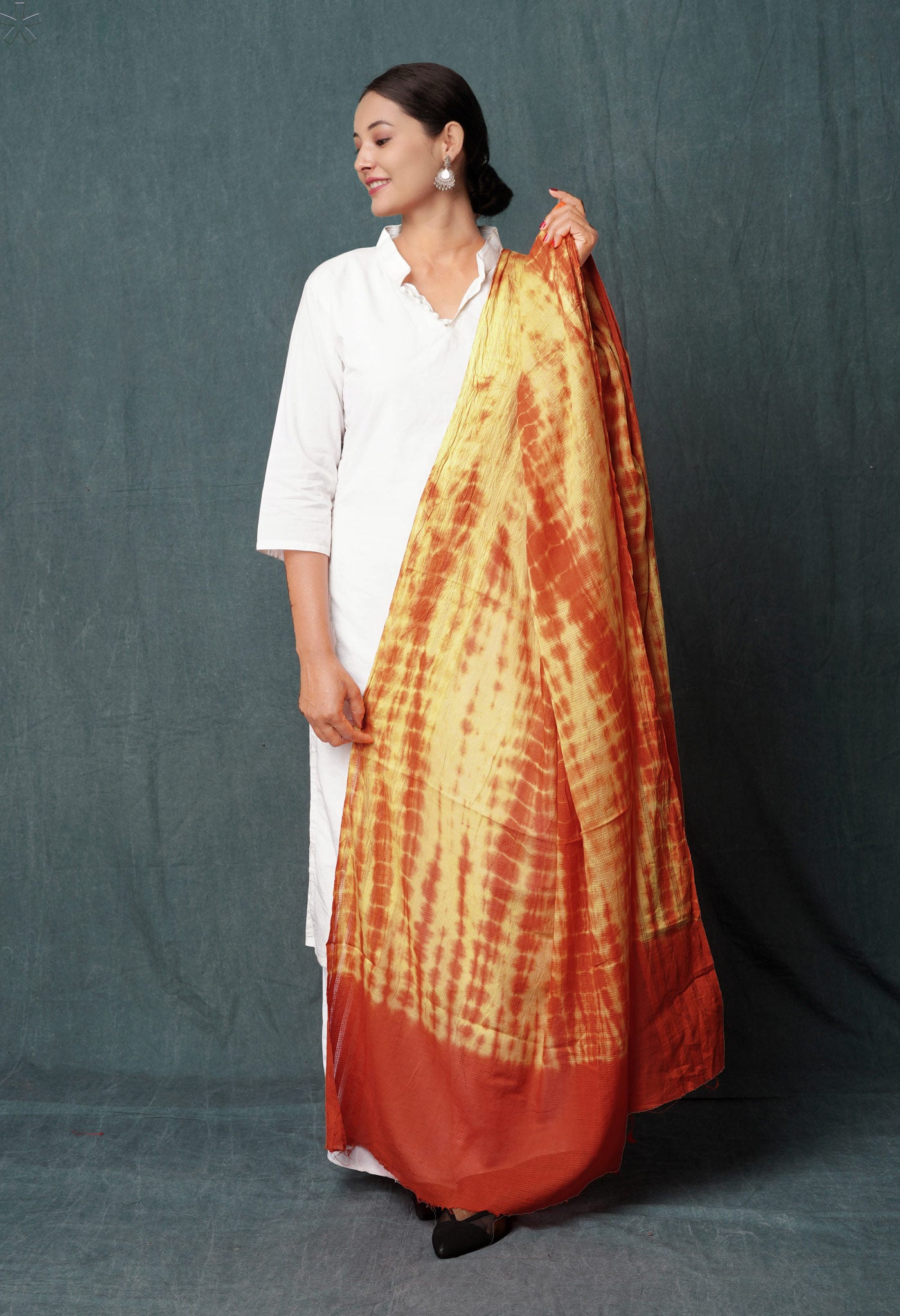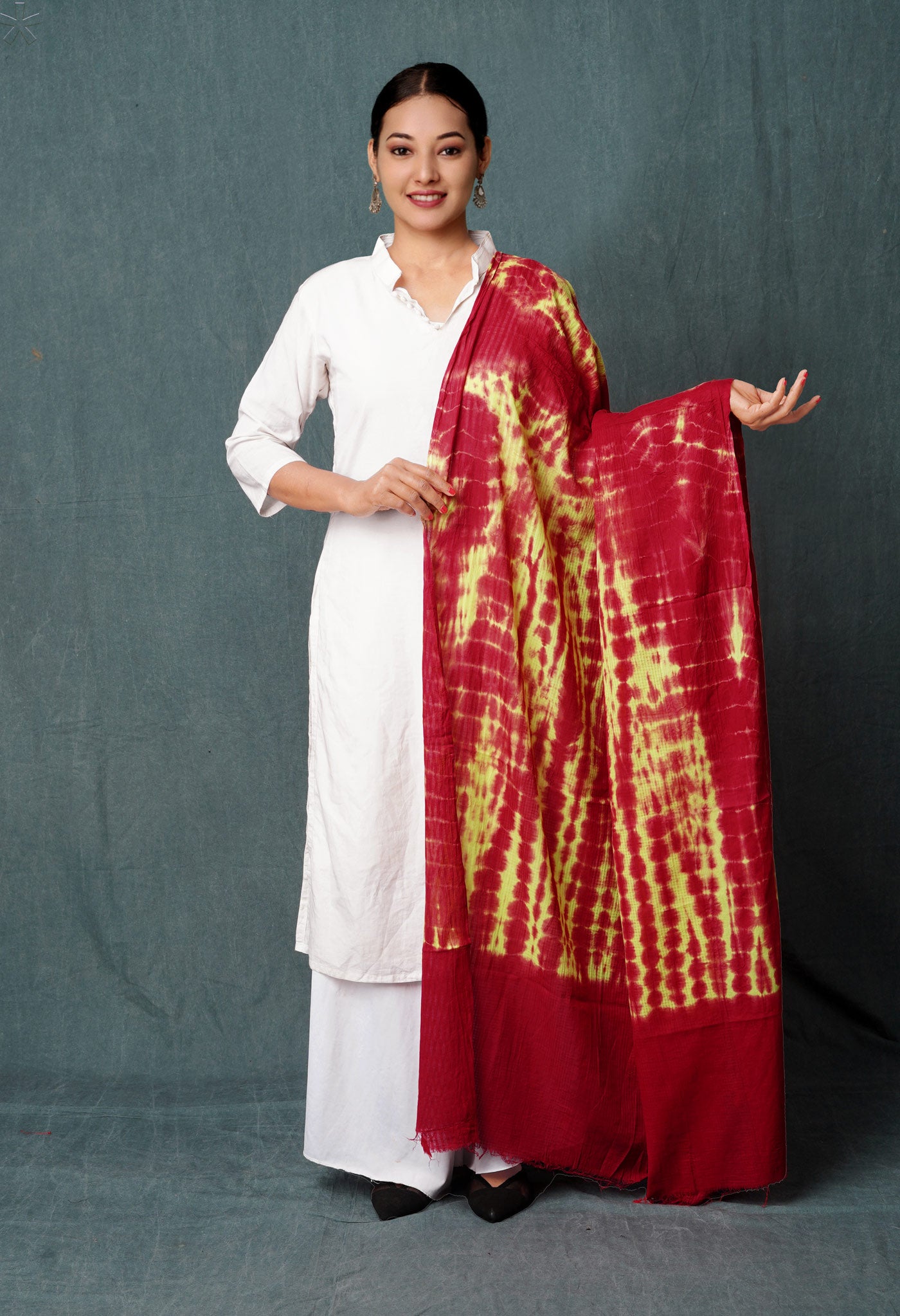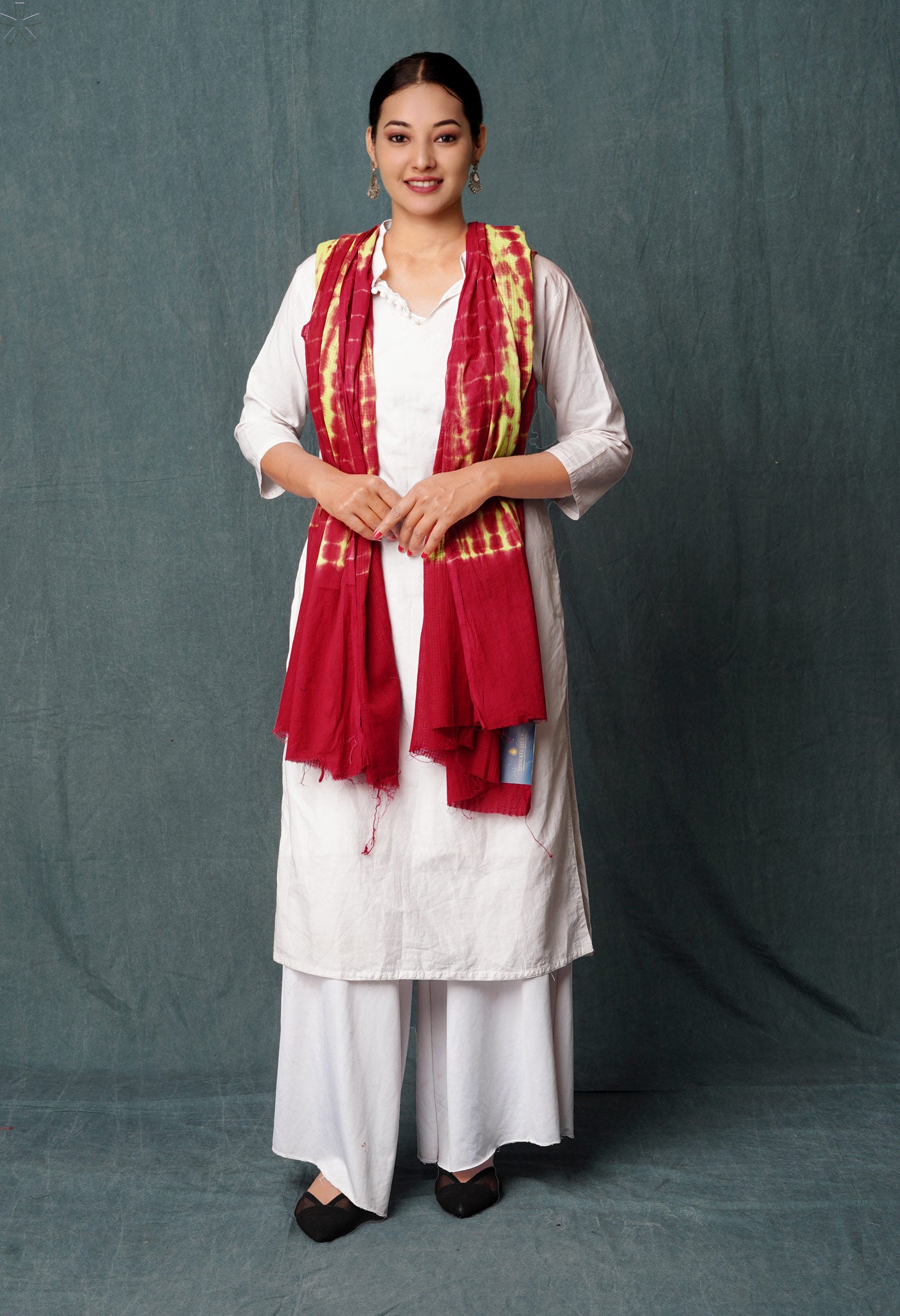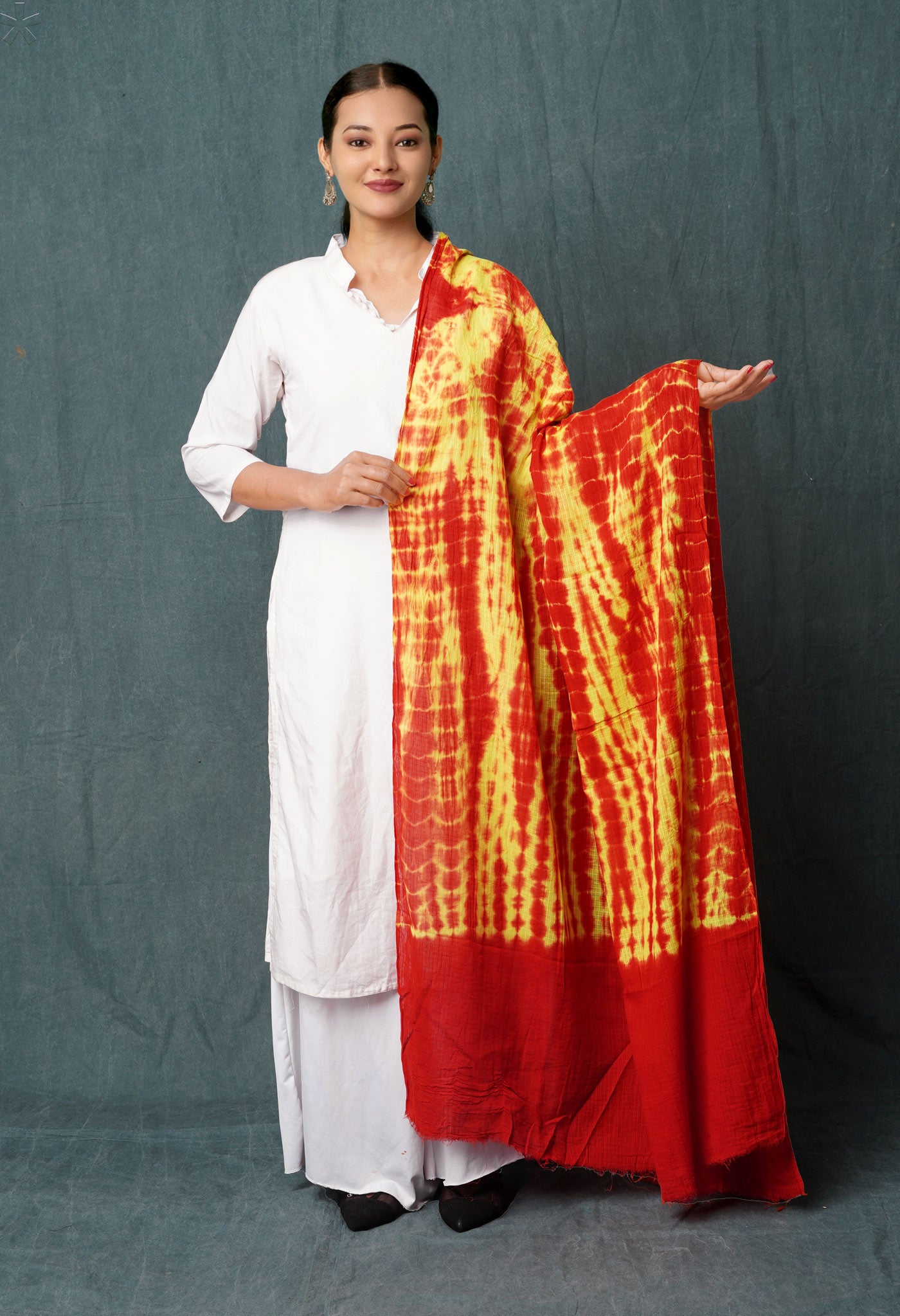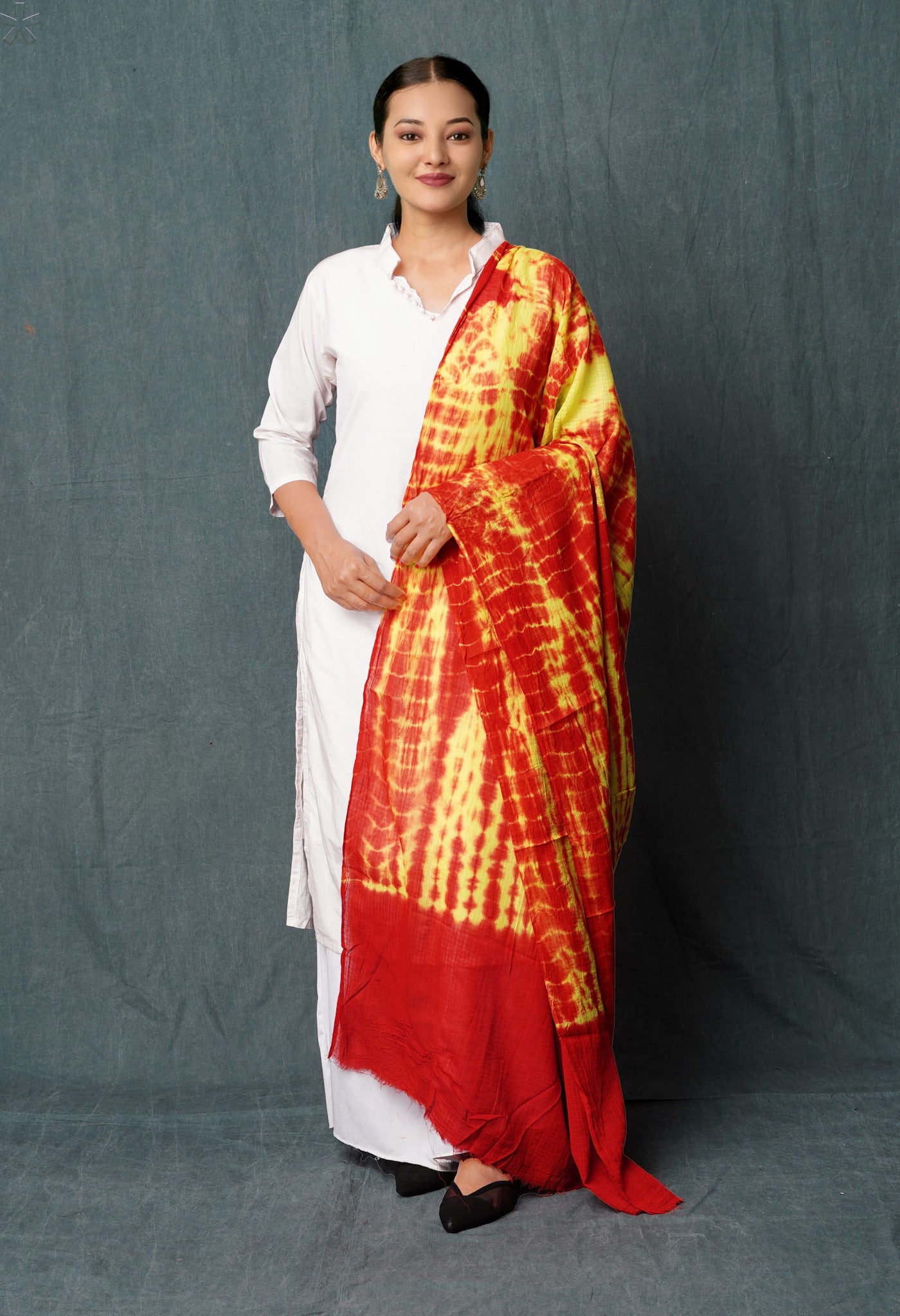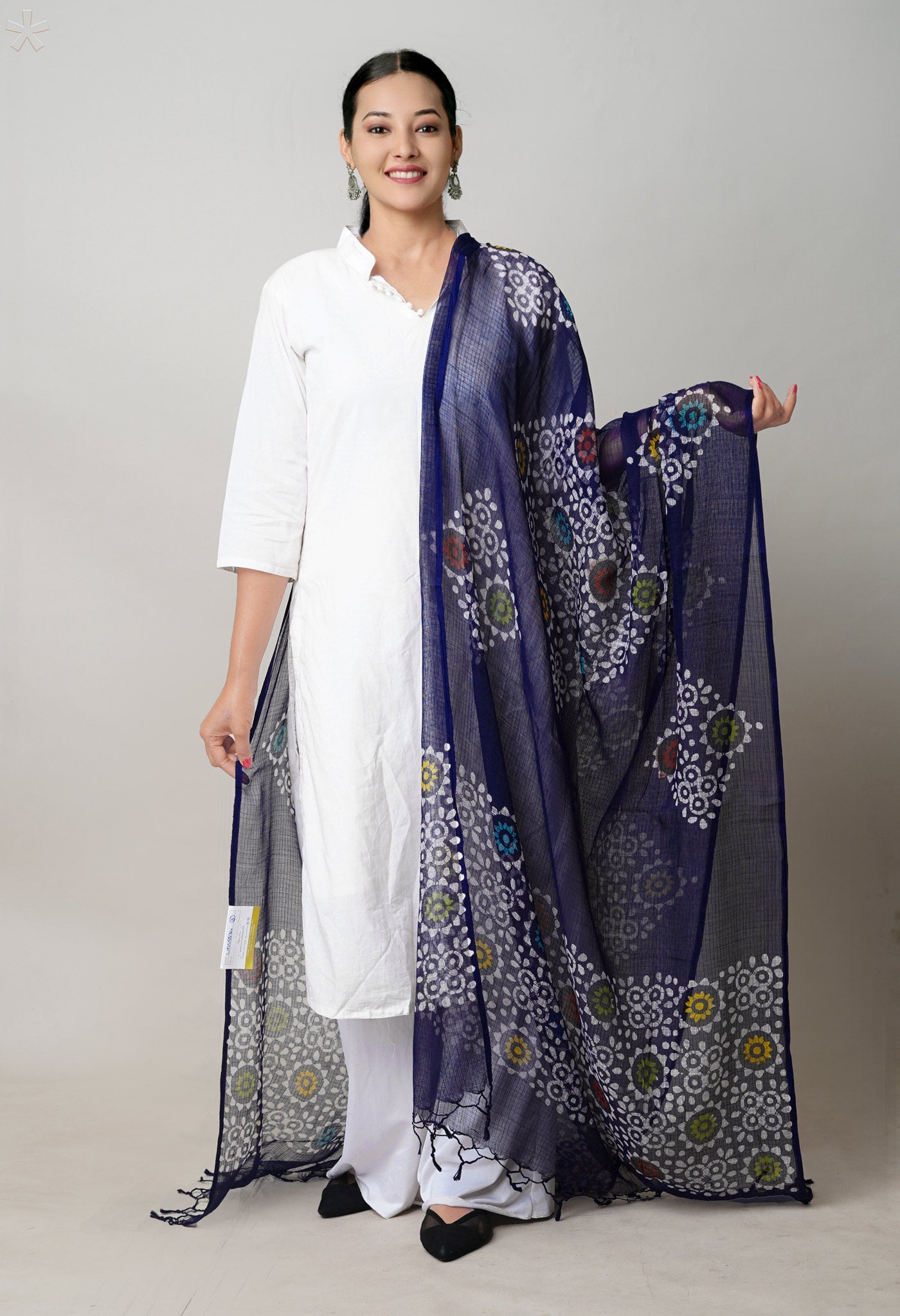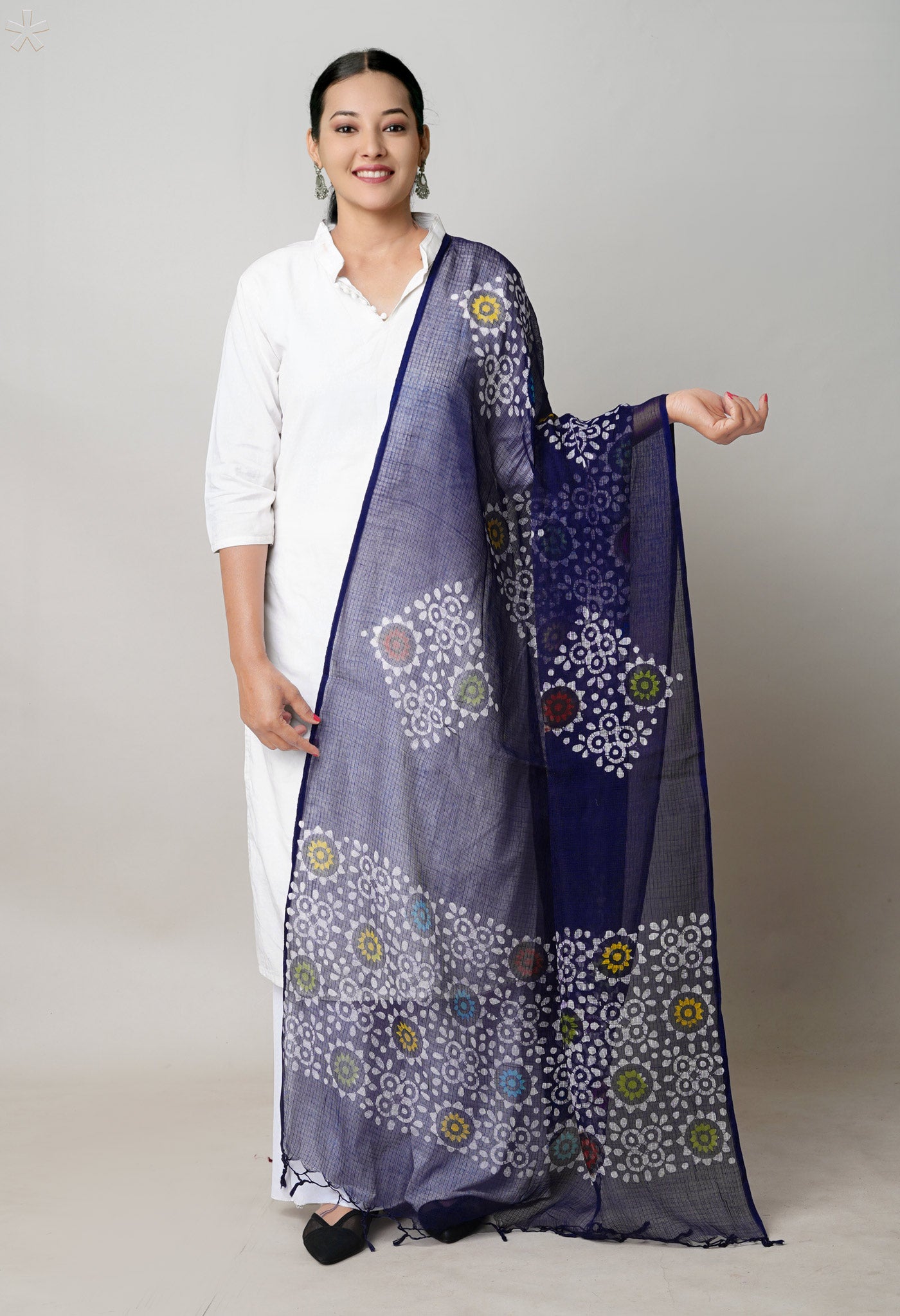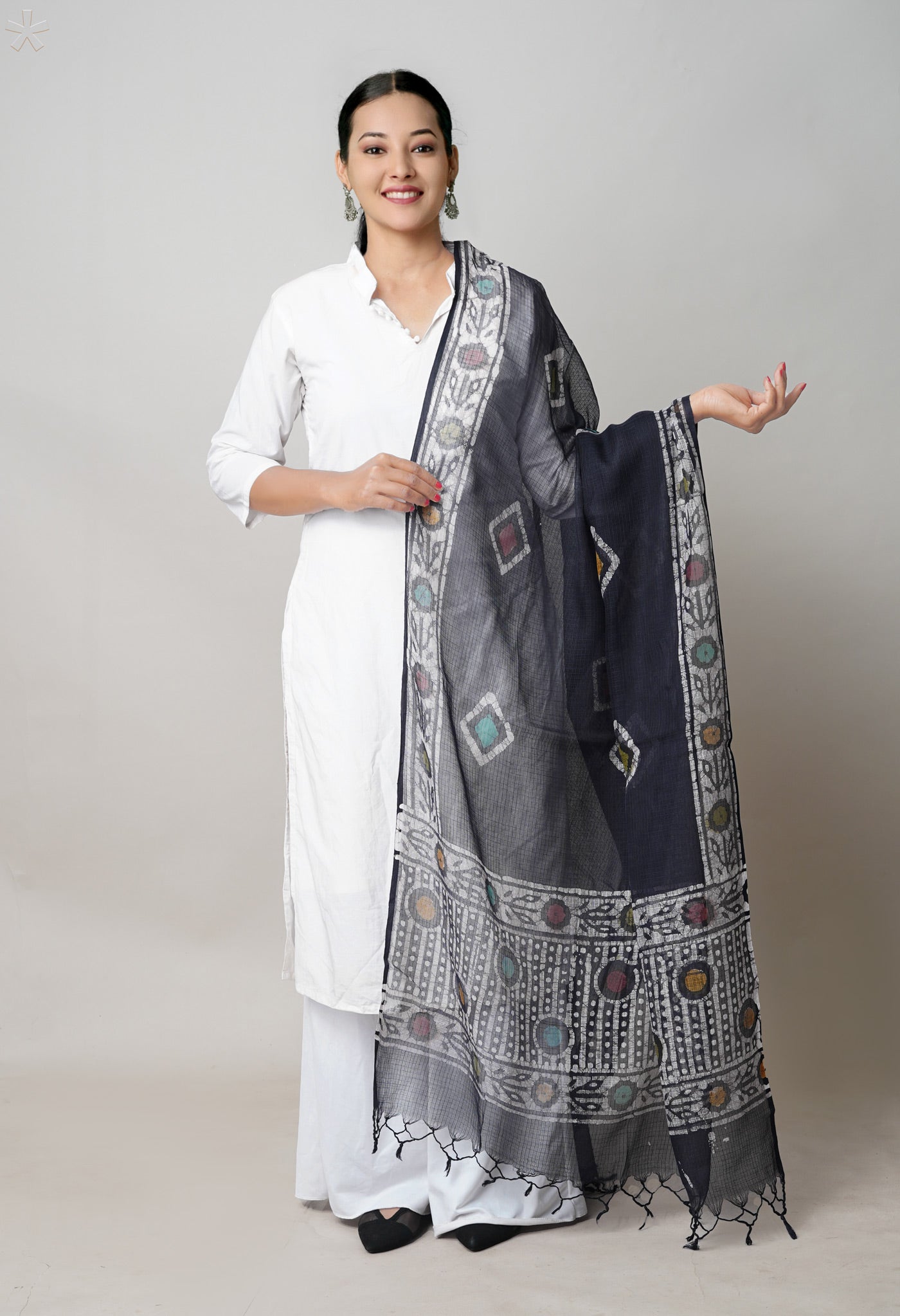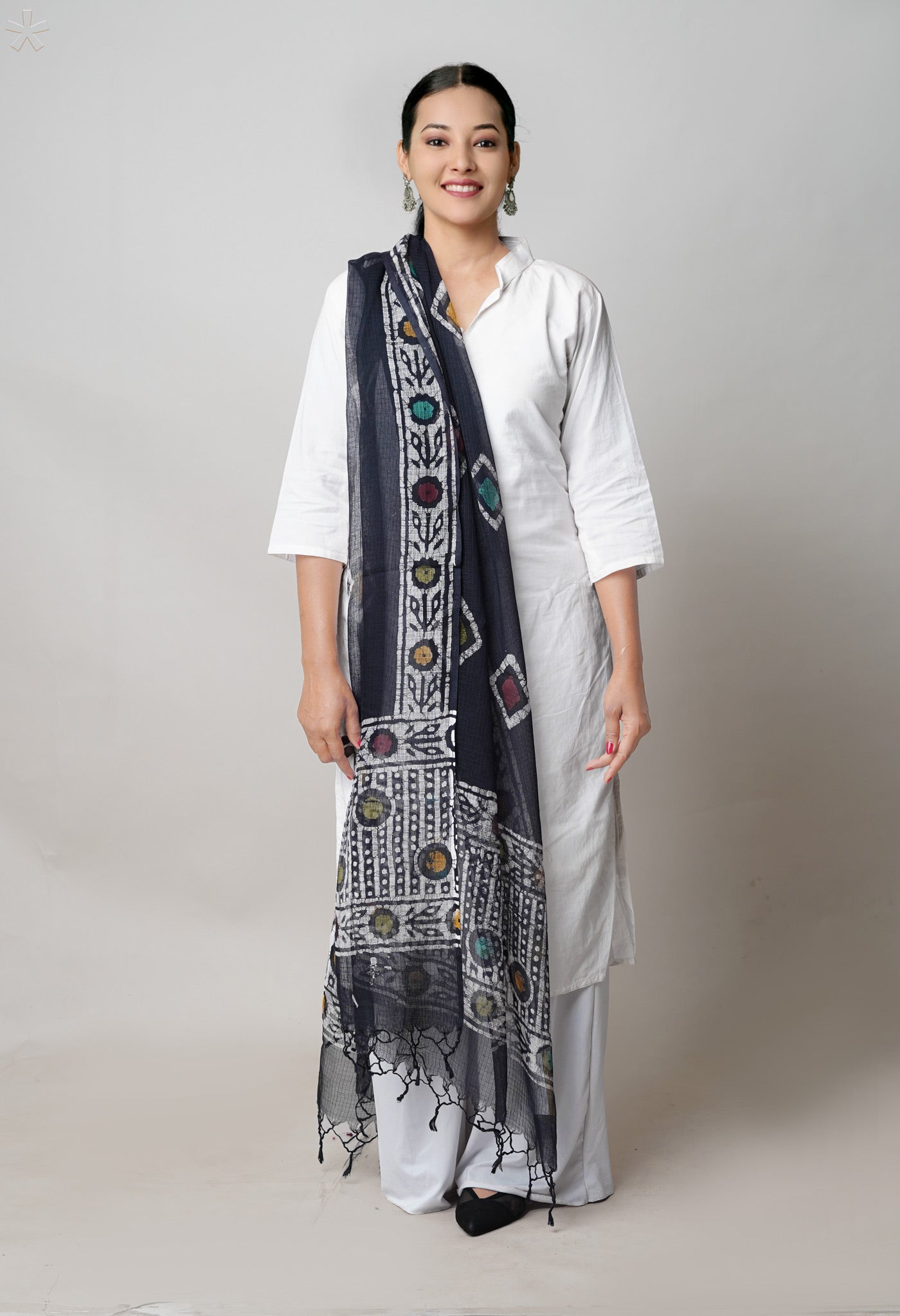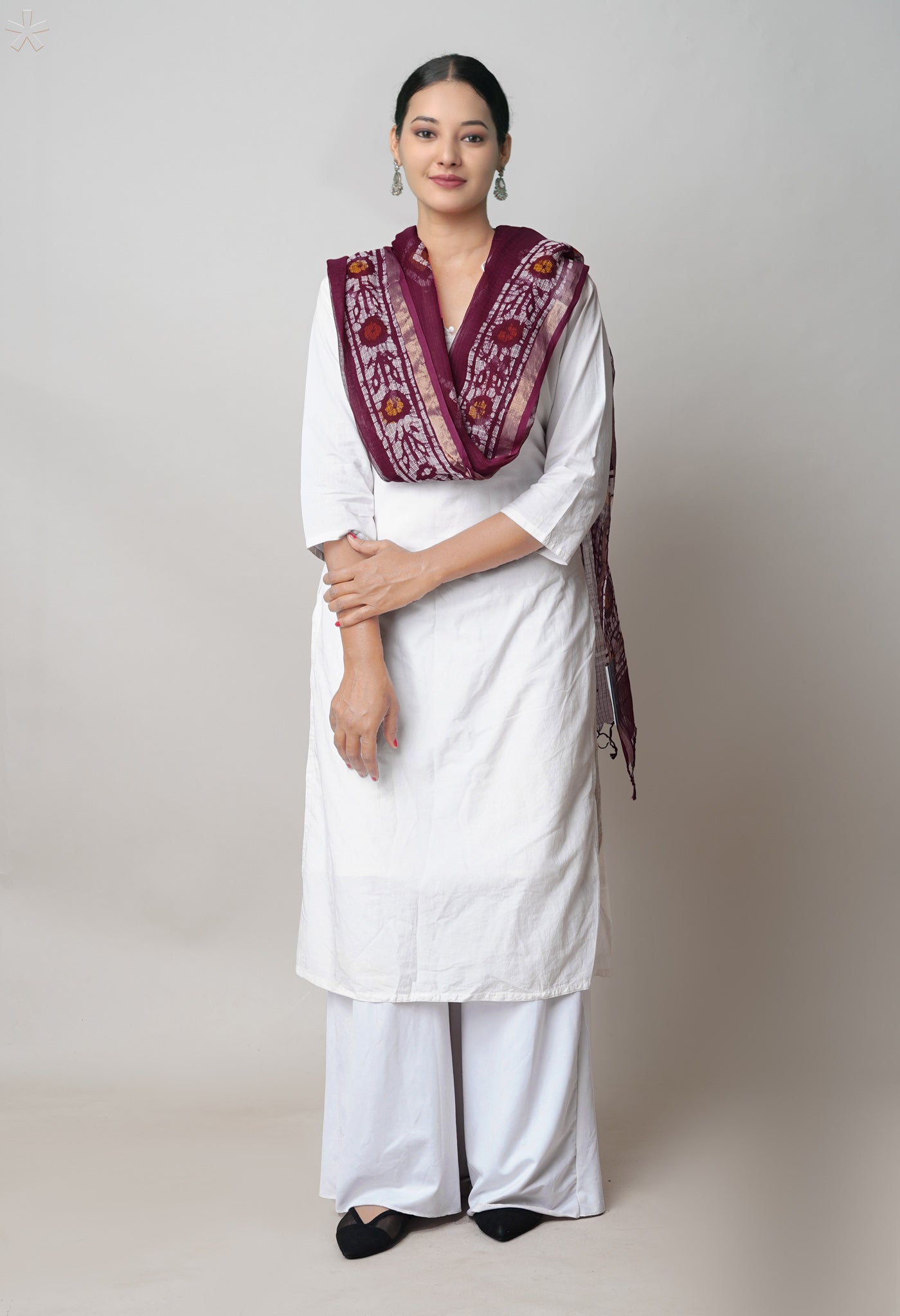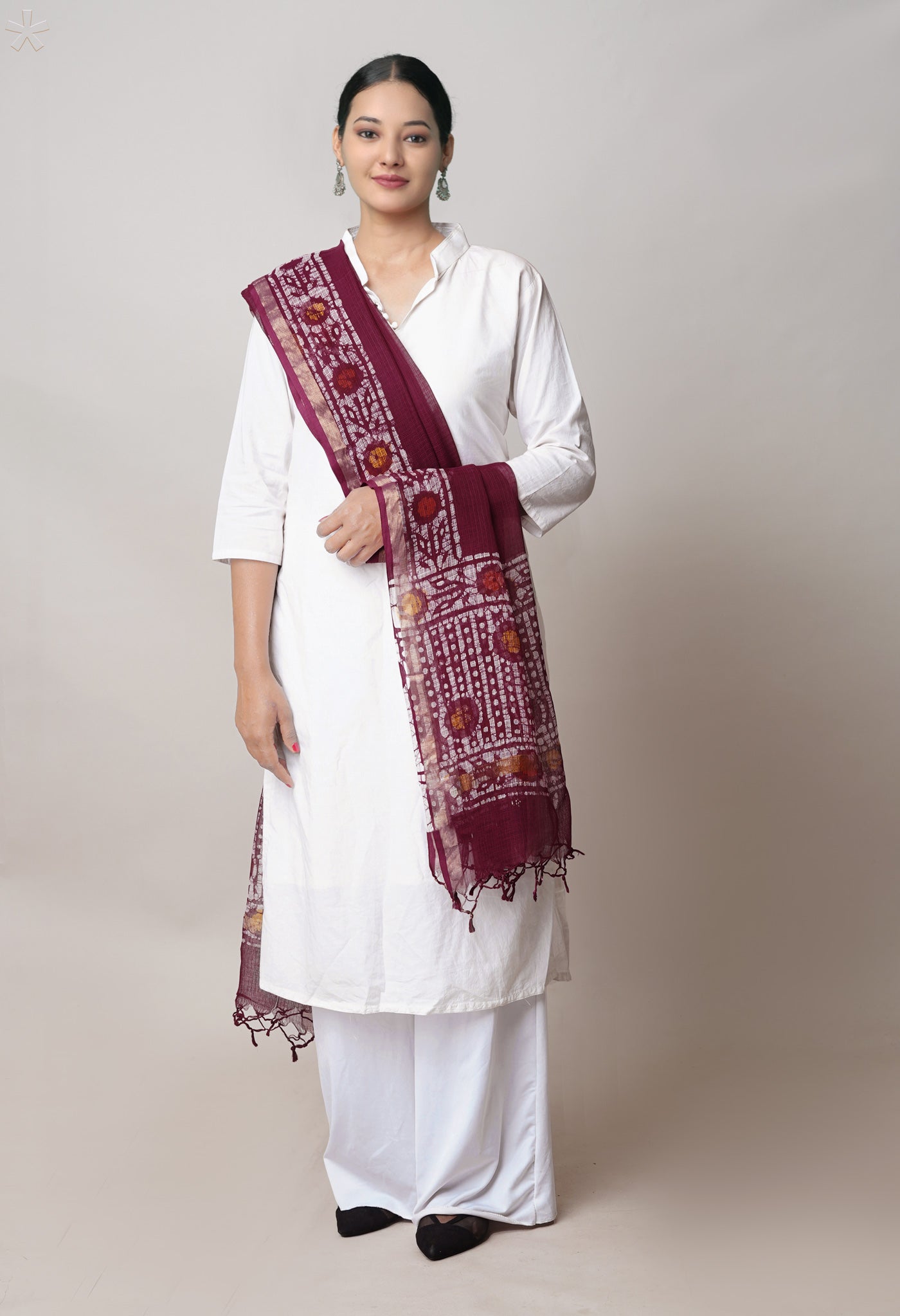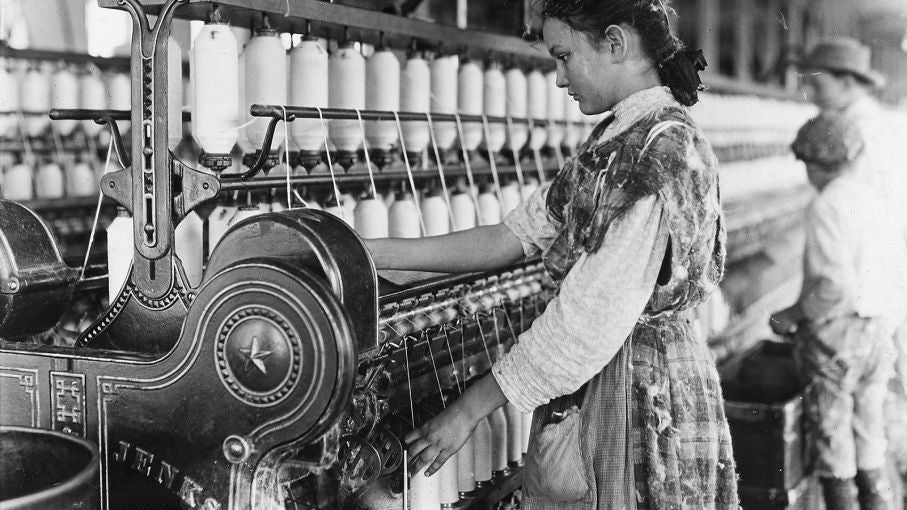
INDIAN DYES AND DYEING INDUSTRY DURING 18-19TH CENTURY
India has been a home of dyes since a very long time. And as early as 2300-1750 BC, evidence being formed in the form of a piece of cotton dyed with madder – a vegetable dye having been found in the ruins of Mohenjo Daro.
Further testimony of the fact that dyes had been discovered early in India came from the Ajanta and Bagh paintings that date to the early Christian period. Paintings showed men in colored clothing, indicative of a progress made since the times of Mohenjo Daro.

Other color shades and dyes like henna were very much on display during the Mughal period. Dyes like Indigo, Madder and Kermes were introduced to the world quite early by the Indian civilization..
The table below is of some of the Indian dyes that had already built a reputation and were on display at a London exhibition in 1851.
| Sr.No. | Dye |
| 1 | Annotto |
| 2 | Al |
| 3 | Chay root |
| 4 | Manjit |
| 5 | Myrobalans (karra & behara) |
| 6 | Safflower |
| 7 | Sappan wood |
| 8 | Red Saunders (lal Candan) |
| 9 | Red wood |
| 10 | Log wood |
| 11 | Lodh |
| 12 | Barberry wood & root (kāśmal) |
| 13 | Turmeric |
| 14 | Indigo |
Various literary and archeological evidences also support the fact that dyes and dyeing were nothing new to India.
Let us see how they managed to extract dyes during that period
Extraction of Dyes
The technique used for extracting the naturally available mineral substances was simple. Mineral dyes like hirmāji and ramraj were obtained by pounding the ochre hued clay and mixing it with water. This gave the yellowish orange to orange shade based on the quantity used.

Animal Dyes
When it came to animal dyes, the method was different. To obtain a dye like lac the encrusted twigs which are host to the larvae of the insect Coccus lacca, were cut into pieces. These twigs containing nearly 10% of the colouring matter were then crushed to separate the resinous material. The resinous material was thrown into tubs of water and then beaten with a wooden pestle or trodden underfoot. The red coloured solution that evolved was evaporated to dryness and the residue compressed into cakes.

The Cochineal dye was obtained from the insects Coccus cacti host on Cactus nopalea cochinellifera plant. The insects were carefully brushed from the cactus plants into bags or small wooden bowls and then killed either by immersion in scalding water or by long exposure to the hot sun. In the latter case, the dye was then extracted with the help of water. About 70,000 dried insects were required to produce one pound of cochineal dye.

Vegetable Dyes
Most of the vegetable dyes (being soluble in water) were extracted with water. However, there were a few dyes like safflower, that were insoluble in water, that were extracted with an alkali either sajji or wood ashes. From this alkaline solution the dye was obtained by precipitation with an acid mostly the easily available lime juice.
Dyes like dhak were obtained by steeping the dye containing part in cold water. The water was then evaporated to make the dye commercially ready.

That is how dyes like turmeric, harsinghar, madder, catechu, sappan, pomegranate, myrobalan, chay etc. were extracted, by first mixing the dye yielding part in water. The infusion (an abstract obtained by soaking) thus obtained was strained through a fine cloth and then evaporated to dryness, leaving a fine residue behind. This residue as powder or sometimes as cakes, was then sold in the market. The user would then have to mix the powder or cakes in boiled water and dye a fabric by immersing it in the water.
While most substances could be extracted by simple means, the extraction of indigo was fairly cumbersome and complicated.
Extraction of Indigo--The leaves of the plant Indigofera tinctoria were the chief source of the indigo dye. The dye was prepared in two vats (a) khari or alkaline vat, and (b) mithā or sweet vat.
The alkaline vat consisted of caustic lime, jaggery and fuller’s earth. The sweet vat consists of slaked lime and sugar (in the form of sira) without the fuller’s earth. The sweet vat was more popular on account of its higher yield.

The plant leaves were steeped in water in a vat to have the infusion on decomposition. The infusion thus obtained was subjected to fermentation to provide the reduction.
When the fermentation process was complete, the greenish-yellow, sweet-smelling liquid was separated and agitated with sticks for two to three hours for oxidation purpose. This converted into grains of insoluble Indigo-blue which coagulated and settled at the bottom because of the agitation operation.This sediment was then collected, washed and pressed into cakes for sale.
However, at various places, the natives avoided the fermentation step in the production of Indigo. Here the natives used to add a decoction of the bark of Eugenia jambolana tree in the vat to the Indigo liquor. The decoction containing some acid probably assisted in the decomposition without undergoing fermentation. Similarly, the juices or gums of certain plants, e.g. butea gum were considered to be necessary adjuncts in precipitating the dye.
The proportion of colouring matter in high quality Indigo ranged between 50 and 70 per cent. The inferior quality of Indigo known as "Fig Indigo" contained only 6 to 9 per cent colouring matter.
Mordants used during 18-19th Century
Indians in the 18th and 19th century recognized the importance of mordants in dyeing and their role in producing different shades. Mordants were generally used to fix the dye on the fibre on which it could not be fixed easily on its own. Some of the well-known mordants were alum, myrobalan, iron compounds, common salt, sajji, lime, lemon juice, vitriol, saltpetre etc. There were times when dyes were combined to serve as mordants.

The process of mordanting or applying the mordants to the fibre was usually carried out by dipping the cloth in the mordant solution after the cloth had been dyed with the desired dye. Sometimes the mordant was mixed in the vat in which the dye was extracted and the cloth steeped in.
The dyeing techniques of that age
During this period of the 18th and 19th century, there were made available a large number of dyes, mordants and auxiliaries for all types of fibres, e.g. cotton, silk, wool.

The techniques used were mostly simple and differed if they did, slightly, by way of dyer or the nature of fibre to be dyed. However, the basic steps involved in the dyeing were similar and the chief colours produced were blue, red, yellow, green, and black and various shades and hues.
Dyeing of cotton
An easy fabric to work with since traditional times, dyes used for the cotton fabric were substances found in nature like indigo, madder, turmeric, safflower, har singhar, patang, catechu, dhak, al, pomegranate rind, mybrobalans, etc.
The cloth was first impregnated in an aqueous solution of dung that contained phosphates, silicates and carbonates of sodium, potassium and aluminium, and was meant to help in fixing the mordant on the fibre. Once this was done, the cloth was then washed and sun-soaked (bleached). The cloth was then soaked in oil and alkali making the fibers soft and also helping remove the sticky dirt particles. Castor oil and sajjikhar were the commonly used oil and alkali. The cloth then steeped in the desired dye infusion was followed by a dip in the mordant solution.

To obtain a definite shade, the cloth was sometimes dipped in different dye solutions successively.
But with indigo it was a different affair altogether. Native dyers first used to reduce the dye to indigo white temporarily in a fermentation vat, when it was allowed to permeate the fibres thoroughly. When the soaked fibre was exposed to air it transformed the indigo-white to indigo-blue. Indigo generally never required the use of a mordant.
Dyeing of silk
The dyes used for a silk fabric were mostly turmeric, madder, cochineal, sa fflower, sappan, lac, red ochre, yellow ochre, catechu, kamela, indigo etc.

Generally there were three steps followed.
- The raw silk was steeped (immersed in liquid for a period of time, as to cleanse, treat, or extract given property from) in an alkali to bleach it, that could be lime, soda or potash.
- Then a mordant like alum was applied to the bleached silk.
- Lastly the dyeing process was put into effect by steeping the silk in the dye solution. At times a little acidic solution of mango was added to the dye solution.
The dyes and the materials generally used for dyeing wool in India during the 18-19th century were indigo, lac, madder, babul bark, turmeric, dhak, cochineal, catechu, ferrous sulphate, myrobalan, tamarind, pomegranate rind, lime, sajjikhar, alum etc.

The dyeing was generally carried out in the yarn and especially so in the case of carpet industry.
- The first step in the dyeing process involved the cleaning of yarn with an alkali.
- The yarn was then subjected to a mordant like alum, gull nuts, lodh bark, tamarind, etc.
- It was then steeped in the infusion of dye which produced the required colour. A large number of shades were produced in various places. Sometimes sulphuric acid was used in the wool dyeing process.
Since these dyes had newly come up on to the rest of the world, it evoked a lot of interest. The trade of this commodity was quite flourishing. Dyes like indigo, safflower, lac and madder etc. were well-known for their superior quality and were exported to various countries.
Indigo was the most important item of trade and Britain was its most important importer.
In 1782, India supplied only a small fraction of indigo that was imported by Britain. But after that British imports of Indian indigo rose steadily.
Countries to which indigo was primarily exported, included, United Kingdom, United States, France, Egypt, Austria, Germany, Persia, Turkey (Asia) Russia, Italy, Arabia, Turkey (Europe), Belgium Malta Greece China etc.

After the year 1887, the chain was reversed. The synthetic dyes were being imported into India and the export of Indian dyes received a great set back. Thus in 1887, the value of Indigo exported continued to decrease and fell, whereas the import of synthetic dye stuffs in India rose.
Apart from the foreign trade, the part played by the dyes in internal trade was also a significant one. The chief dyes of internal trade were indigo, madder, safflower, turmeric, al, lac, catechu, sappan, pomegranate, harsinghar, etc..
In Northern India, Lucknow was one of the important centres of trade in dyes.
The arrival of the British – their impact on the trade
The Indian dyes and dyeing industry had a glorious record till the middle of 19th century as is evident from the trade in various dyes. Ever since the Britishers arrived as a trading company Indian dyes became an item of regular export to European countries. There was a great demand of Indian dyes in Europe as the dyes were of very superior quality and besides that these fetched good returns to the trading companies.

Till the end of 18th century the Britishers received their major supply of indigo from West Indies but after sometime the West Indians found the remuneration low and switched over to the production of coffee and sugar. Thus the British dyers turned to India for their indigo supply. In the initial years the East India Co. extended every possible support to improve the indigo plantation and dye extraction. As a result of this in 1787 the quality of Indian indigo surpassed the quality of French and Spanish indigo. For about 22 years (1780-1802) the East India Co. directly supported the industry.
In 1856, the first synthetic coaltar dye was prepared in Europe. After sometime a few German chemists and salesmen came to India with a view to introduce their synthetic dye 'Alizarin' in the Indian market. Initially they did not not succeed. But they ultimately succeeded in introducing their dyestuff in Indian market. Due to their promotional activities the use of the synthetic dyes became popular amongst the native dyers. It got further momentum because of the superiority of synthetic dyes over the indigenous ones.
The advantages were low cost, uniformity of shades obtained, saving in time and the labour involved. After establishing 'Alizarin' in the Indian market, other synthetic dyes were slowly introduced and this introduction of the synthetic dyestuffs forced the indigenous dye industry to gradually fold-up. Exports of Indian indigo dwindled and the import of artificial indigo rose.

The reasons responsible for the extinction of the native dyes and dyeing industries during 19th century can be summed up as follows:
- 1. After the victory of Plassey in 1757, the East India Company started plundering enormous wealth from India through the export of various Indian items including dyes to foreign countries. This wealth that they accumulated helped them in financing the industrial revolution, ultimately responsible for the downfall of Indian industries particularly dye industry.
- 2. When the British Government took over the East India Company they treated India as a colony and started filling the Indian market with their own pro ducts which were cheaper, without caring of its adverse effect on indigenous industries.
- The British Government dealt with the indigenous industries with a heavy hand. Thus, when Indian dyes were in great demand in England and other European countries, they taxed them heavily so that the export was affected very much.
- The introduction of synthetic dyes into Indian market gave the indigenous dyes and dyeing industry a death blow.
- The Europeans were better salesmen. Initially they introduced the dye to the native dyers at reduced prices and even free of cost at some places and thus created an attraction for the synthetic dyes so that the indigenous dyes started losing ground.
- The methods of producing indigenous dyes were very cumbersome. They involved a lot of labour and time. Also, the yield was small.
- Unscrupulous adulteration of their products which fetched them good price was also responsible for the downfall of the indigenous industry.
- Britishers made no attempt to install chemical industries in India, least the synthetic dyes. India was in the fore-front in the field of dye manufacture. Though the methods of extraction were primitive and mostly manual, yet India earned a lot of money from this trade.

Britishers helped the dye industry especially indigo plantation and extraction with the sole object of its export and taking the earnings to their native country.

